February 11th is the United Nations International Day of Women and Girls in Science. It’s an opportunity to celebrate the achievements of women and girls in science, technology, engineering and mathematics (STEM), whilst acknowledging the persistent gaps in representation and equality in these fields. We choose to celebrate women in battery research. We want to recognize the critical role women and girls play in science and technology.
We took the opportunity to ask some of the female researchers within the BATTERY 2030+ consortium about how they got into science and what they think needs to be done to get more women into the field of battery research:
1. What is your research about?
2. Why did you choose to get into science?
3. What needs to be done to get more women into the field of battery research?
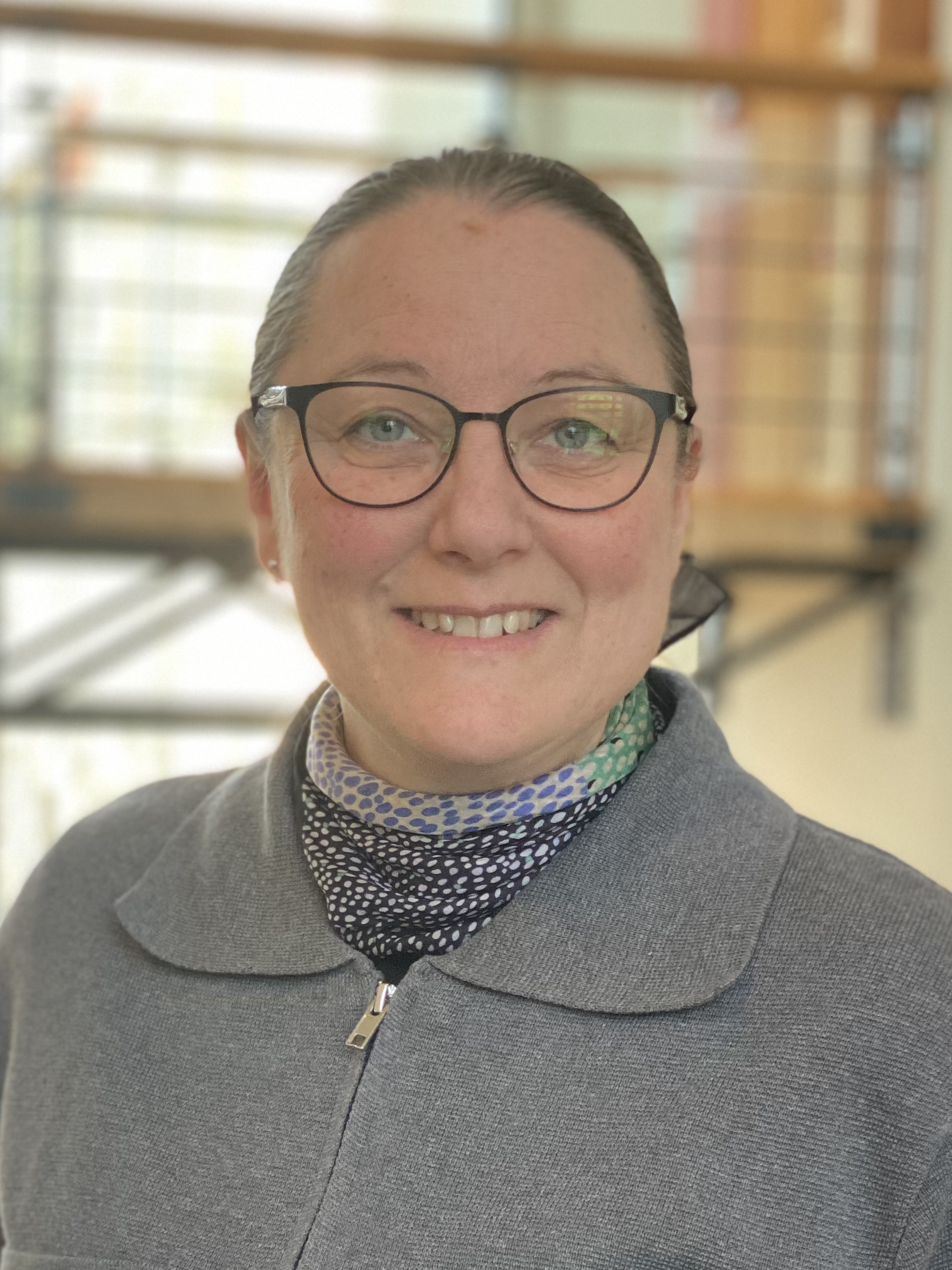
Maria Hahlin, Associate Professor at Uppsala University, Sweden
1). Main focus of my research is to use and develop surface and bulk X-ray spectroscopy characterization of battery electrodes, for increased understanding of the changes in the electrodes during its use in batteries.
2). As a PhD-student I focused on the dye-sensitized solar cell in order to understand the electronic and molecular surface structures. As a PostDoc I had the opportunity to work with Kristina Edström, and have since then devoted most of my research to battery electrodes.
3). I find that there are many very talented and interested women (and men) out there, and we need to provide equal, feasible and good opportunity for all. Possibly more focus on providing a good work-life balance for all can help?

Ulla Lassi Professor, Head of the Unit, D.Sc. (Tech.) University of Oulu
1). I am professor in the field of applied chemistry and process chemistry at the University of Oulu. My main research area is the synthesis of novel cathode active materials for advanced Li-ion and Na-ion batteries, and especially improve the sustainability. Currently, I am working as a tandem industry academy professor.
2).Chemistry was my favorite subject at school, and I wanted to be a chemistry teacher. I never thought that I would become a researcher or even a professor. Chemistry is a fascinating field of science, because with the fundamental chemistry research we can influence and even solve many global challenges related to the environment or clean energy, for example.
3).It is important that the awareness of the battery research field increases. As a mother of three boys, I can show that it is possible to combine scientific career and family life. Young women are also well-awakened and aware of our global challenges, which is admirable. By studying natural sciences and technology, it is possible to build skills that can be used to solve global challenges. We are not saving the planet by carrying banners.
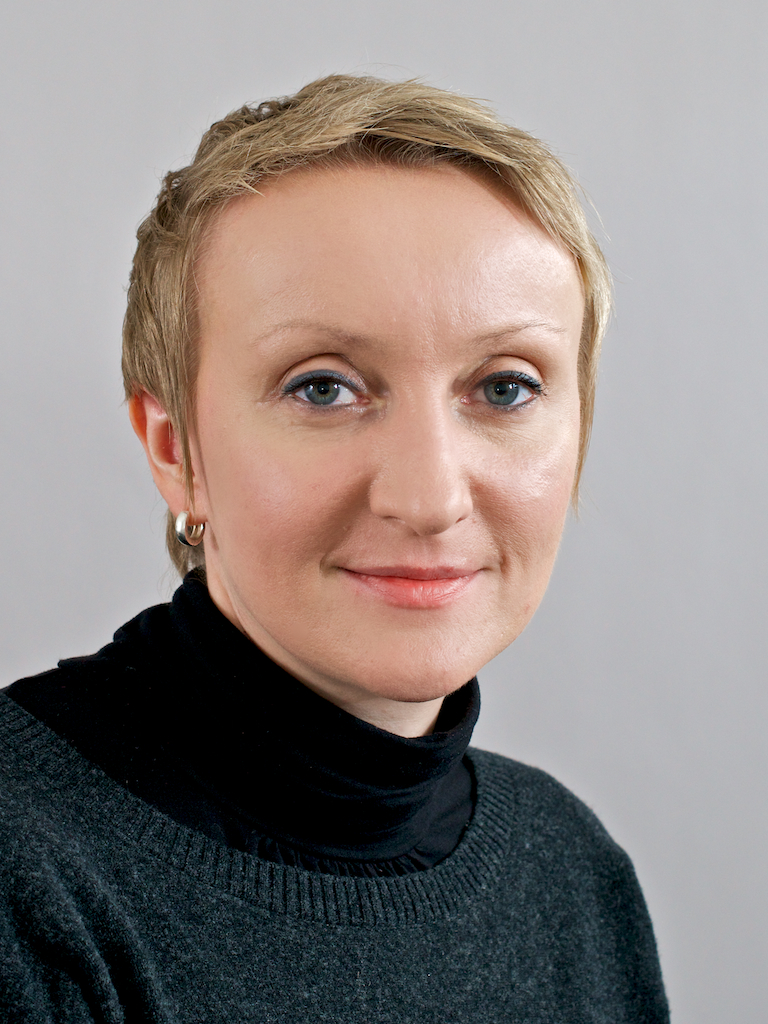
Sigita Trabesinger, Head Battery Electrodes and Cells at PSICenter for Energy and Environmental Sciences, Paul Scherrer Institute, Switzerland
1). In our group we are motivated by fundamental insights into battery materials working and degradation mechnisms with focus for high energy density and safety. I personally am fascinated by dentifying overlooked phenomena and operando characterization.
2). When I was a child, since I was 6, I was crazy about reading books! My favorites were the science fiction stories, and I found always that the coolest characters were the scientist… So, here we are.
3). I believe that providing equal opportunities, not only in battery field, but also in science in general, is important. However, one of most impactful aspect is investing our time as scientist and educators into mentoring students during the semester, bachelor or master thesis projects, as well as during PhD, – essencially sharing our stories on a personal level!
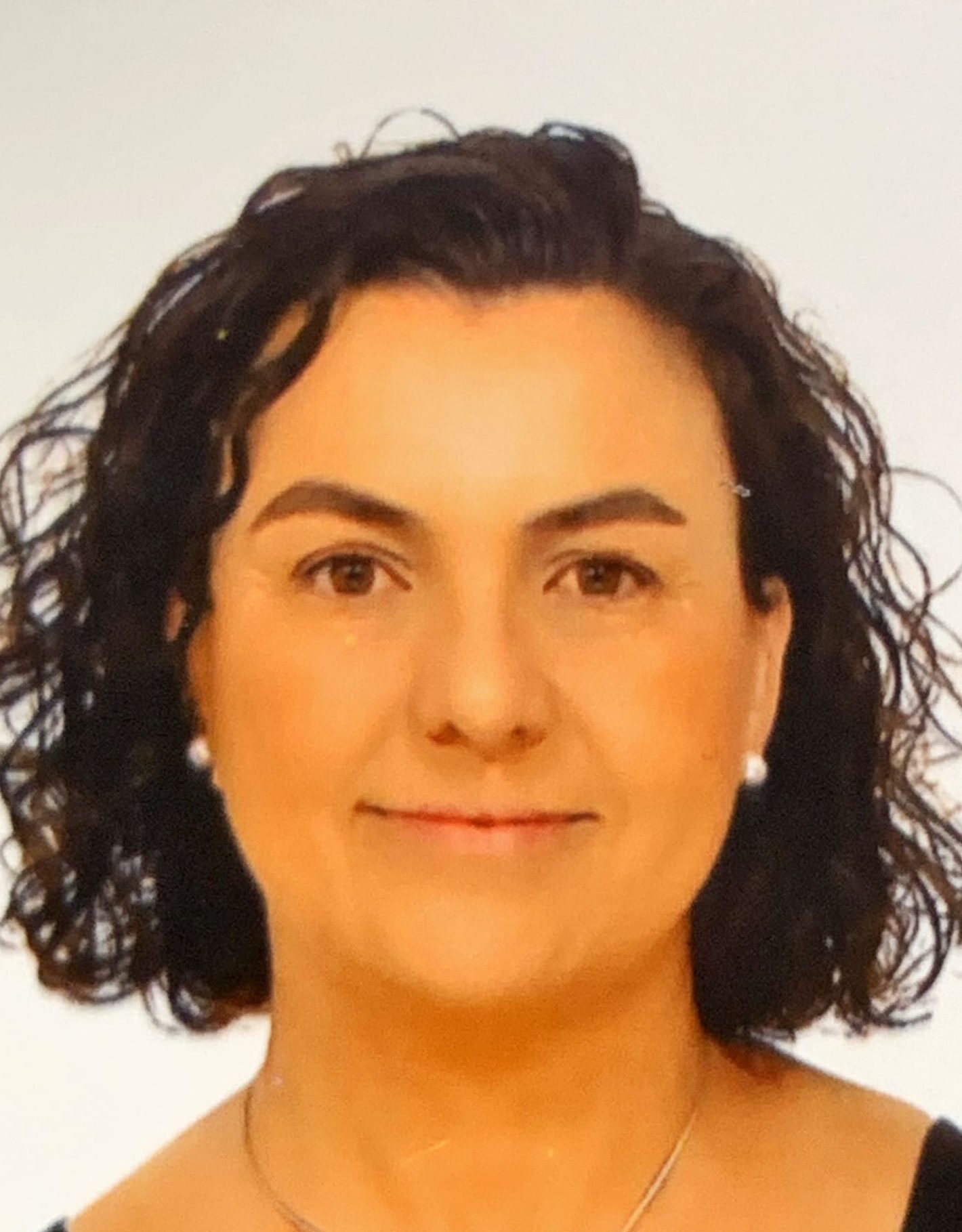
Celia Polop, Professor of Condensed Matter Physics, Coordinator of OPERA project, Autonomous University of Madrid, Spain
1). I am leading the Nanoprobing Energy Materials Laboratory at the Autonomous University of Madrid, where we use mainly scanning probe microscopy and synchrotron-based spectroscopy techniques to investigate at the nanoscale processes that take place at the battery interfaces. I come from the surface, interfaces and thin-film science field and I am very interesting to apply all my experience on a topic as important for the humanity and our planet as batteries. I believe that a transdisciplinary approach is mandatory for the development of energy storage systems that address the challenges of the energy transition.
2). I have always been passionate about physics. I enjoy understanding how the world around us works. Therefore, my natural path was to study physics and dedicate myself to research. On this path, the unconditional and proud support of my parents was very important, who always supported me so that I could develop my passion.
3). It makes me sad to see in my physics classes female/male ratios like those we had about 30 years ago when I was studying my degree. Despite what I observe, I have not lost hope. I think we need a lot of female role models in STEM fields. I also believe that we have to work through education in schools and in families to eliminate unconscious biases, especially those that are in the minds of women.
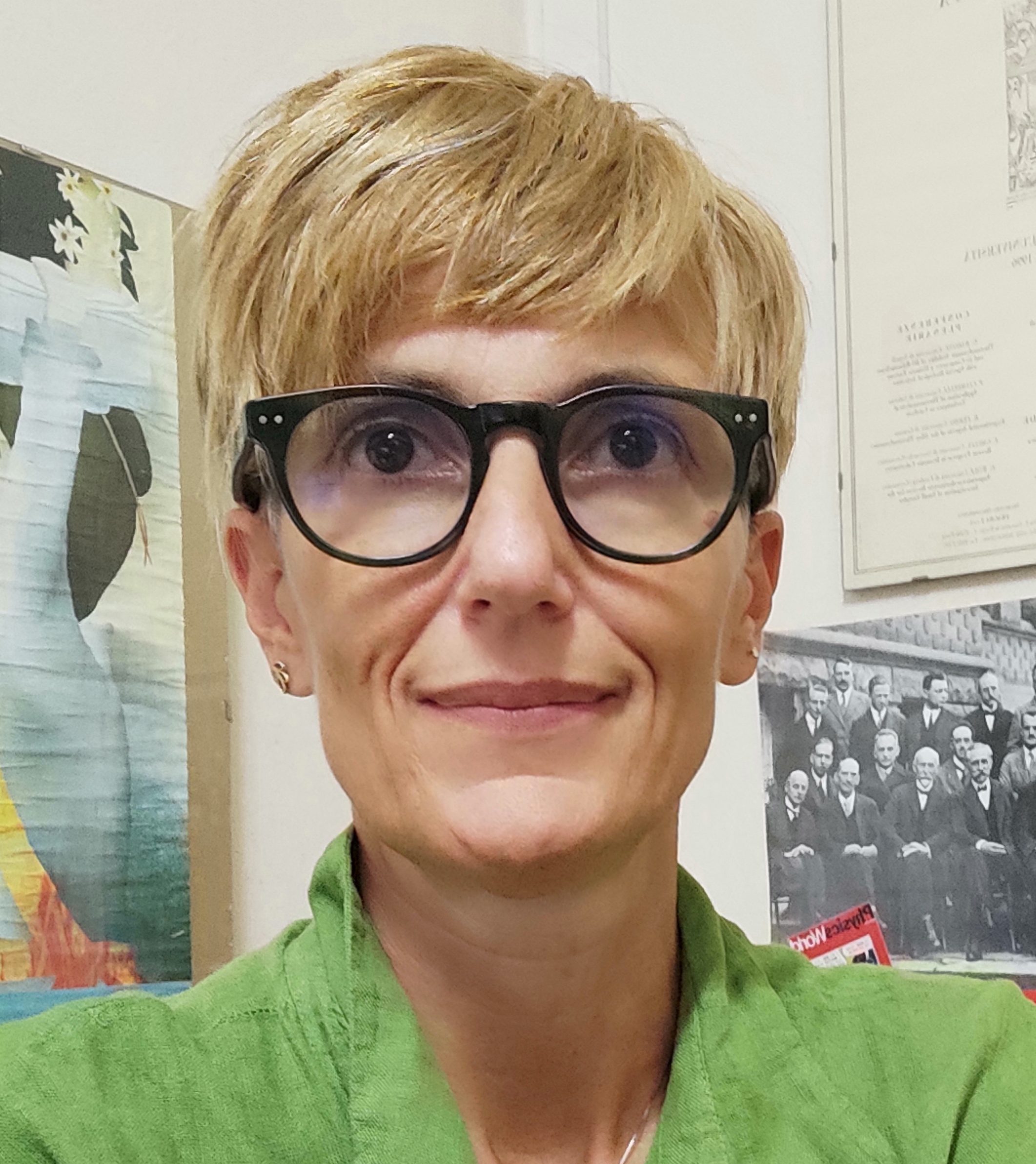
Eliana Quartarone, Professor of Electrochemistry and Physical Chemistry at the Department of Chemistry of the University of Pavia (IT)
1). I’m leading the Electrochemistry and Energy Materials group at the University of Pavia, focused on the design of innovative and smart systems for Lithium- and Sodium Ion batteries. I’m particularly interested in the understandings of transport and electrochemical mechanisms through the study of structural/functional properties relationship. I’m also leading the R2BATT lab at the same University, which is developing innovative green chemistry routes for more sustainable recycling processes for End-of-Life Batteries.
2). I fell in love with chemistry the first time I saw the Periodic Table of Elements. I was fascinated by the beauty of this apparently simple grid, full of colours, numbers and letters, which explains everything that exists and in a certain sense tells the story of the Universe.
3). Oscar Wilde wrote “You know what a woman’s curiosity is”. And curiosity is the driving force behind exploration. Therefore, women are naturally predisposed to do science and science cannot do without women. For this reason, we need to encourage the presence of women in battery research, acting on different levels. At an educational level: inspiring and guiding new generations to pursue their dreams and ambitions with determination based on their personal talent; at a professional level, guaranteeing welfare system to enhance women’s careers, reduce the gender gap and prevent women from having to choose between career and family.
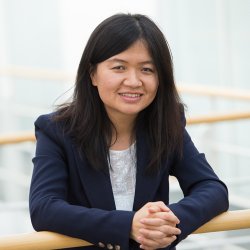
Qiong Cai, Professor of Sustainable Energy and Materials, WP leader of the OPERA consortium, University of Surrey, UK
1). I am interested in developing new materials for achieving better performance and longer cycle life batteries. Very often that involves understanding how materials behave during the battery operation. I use computational modelling to provide insights at both nanometer and micrometer levels, into how materials and surrounding environment affect the physical and chemical processes happening in batteries. Building on these fundamental understandings, we hope to provide guidance/directions on how to select suitable materials and design better materials.
2). Growing up in a farming family, I had opportunities to get close to nature and was curious about many things in nature. I often asked the question “Why” and was eager to know more about the world. As a child, I read a lot and like to study. Over the years, I developed keen interest in materials as I believe that materials hold the key to developing technologies that can change the way we live.
3). Girls need to be exposed to science and encouraged to study science from a young age (e.g., secondary school). We need to show them role models that women can excel in science and help solve important societal challenges such as developing better batteries, whilst having family life and kids. It is also important to have family-friendly policies, and schemes to support female scientists with children to attend conferences and networking events.
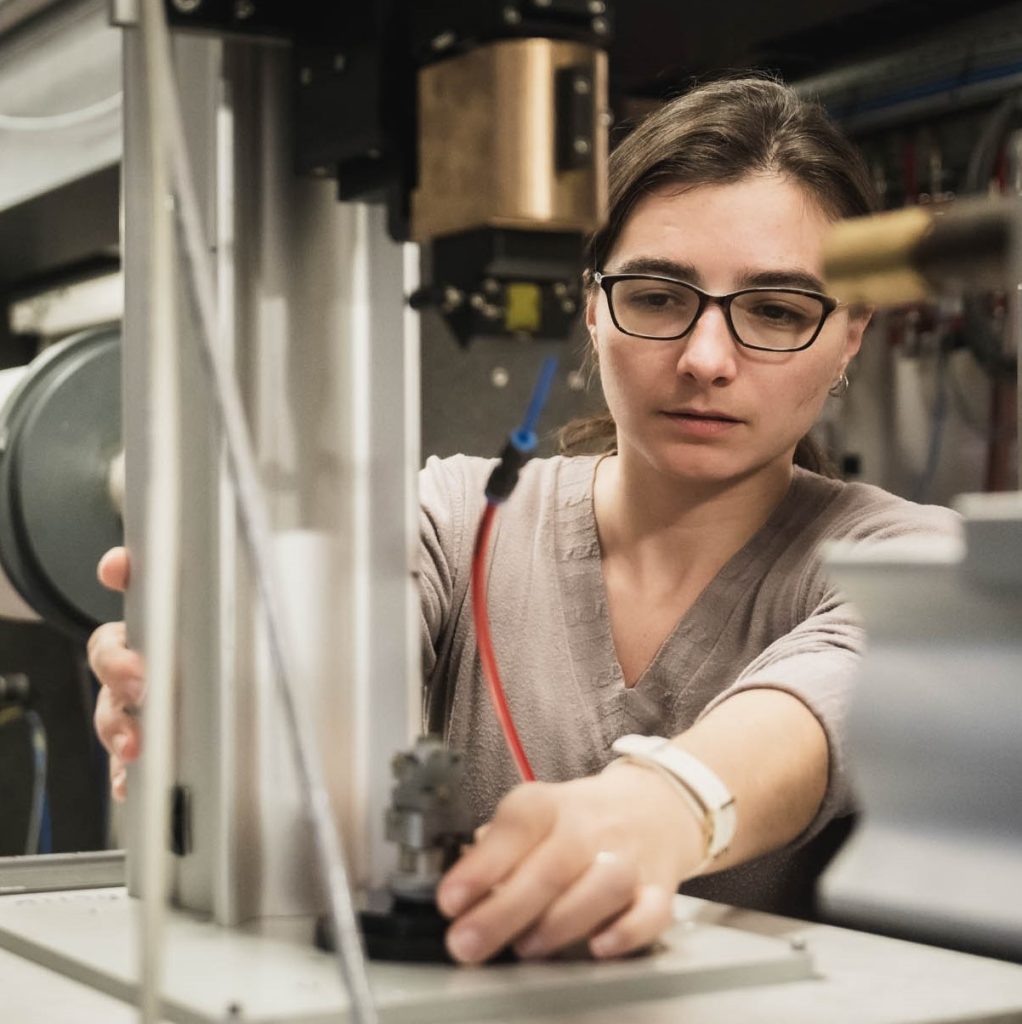
Marta Mirolo, Junior Scientist within the ReMade@ARI project, France
1). I am interested in the evolution at the interfaces in batteries. Sometimes this means investigating the liquid electrolyte – active material interface, sometimes the solid electrolyte – metal interface and other times I investigate the differences in lithiation state in thick electrodes, from close to the separator to close to the current collector. I use synchrotron tools in my research, which gives me quite a flexibility in what I can look into!
2). I’ve always been inclined towards manual work, trying to understand how things works by testing. I liked to experiment, so I simply followed this path! I liked both Chemistry and Physics at high school, so my choice for Material Science came pretty straightforward.
3). In my experience, representation is very important, and in the battery field we have now many examples of women at the top levels, which is very inspiring! I am lucky I met some of these scientists, and seeing what they do keeps uplifting me to contribute to creating a better world, one battery at the time!

María Arnaiz, Senior Researcher at CIC energiGUNE, Spain
1). My current research is focused on the electrode upscaling processes, from defining the slurry formulation to choosing the most appropriate coating/drying parameters, following their physicochemical characterization, and understanding the electrochemical behavior by monolayer/multilayer pouch cell fabrication. I am mainly focused on sustainable aqueous processes for electrodes devoted to metal-ion capacitors (Li-ion and Na-ion capacitors) technology. This technology is a hybridization between metal-ion batteries and electrochemical double layer capacitors. So, my research is focused on several active materials (e.g., hard carbon, graphite, activated carbon, alloying materials, …) each of them with their own requirements when looking to their processing. The benefit of working in a hybrid technology has allowed me to have a broad vision and understanding of several technologies such as Li-ion and Na-ion batteries, electrochemical double layer capacitors, and the hybridization of them. My work it is not only focused on the processing, but on the development of full cell devices, looking for their most appropriate mass balance, electrolyte selection, pre-lithiation/sodiation strategies, and the optimization of their performance by choosing the best testing protocol.
2). I was passionate about science since I was a child. I have had a strong influence of my parents, as they are also scientists. Since I was young, I love mathematics/chemistry/physics and hated everything about writing/reading. However, as I have realized with the years, us, scientists, we need to know about everything, numbers/chemical reactions/physical phenomena are our passion, but we must be excellent also on writing, speaking, even drawing, and showing that our scientific ideas are promising and realistic to be able to get funding for it. So, I realized that we are scientists, but we cover much more other things also. A scientist has multidisciplinary skills.
3). Having role models is of high importance, and for that, it is crucial to keep the gender equality at all levels. We need to gain major female visibility and show how the gender does not define the quality and high-level of the breakthroughs, developments, milestones,… are achieved in this field. Moreover, it is also pivotal that not only us, females, are involved on gaining visibility and keeping equality. We do not need to forget that it is a responsibility of females and males equally.

Kristin Tøndel, Professor at Department of Data Science, Norwegian University of Life Sciences
1). I work in the intersection between data-driven modelling/Data Science and theory-based modelling (physics, chemistry and biology), where I aim to utilize Data Science in the development of theory-based models that more accurately represent the studied system, and that are less computationally demanding and easier to interpret. I have a background in physical chemistry (computational chemistry and chemometrics), but I have also worked for many years within computational modelling of the heart and the brain.
2). From I was a little girl I was fascinated by the nature, and hungry for knowledge about it and how different phenomena come about. Natural science subjects were also much easier for me at school than other subjects, so the choice was very clear from an early age. I wanted a job where I could be creative, where I could continuously develop, and where there would always be something new to learn.
3). I think role models are very important; to see that other women enjoy working within research, and that you can combine it with a family life. As a master student, I was very inspired by a female professor in physical chemistry, and it was after getting to know her that I decided on the goal of becoming a professor myself. It is also important that we show that research is a type of job where women belong, are respected and get a lot of opportunities to develop themselves.
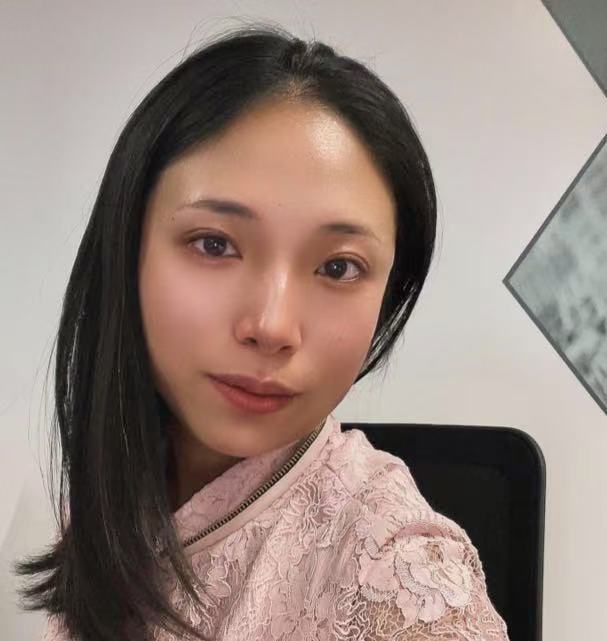
Liyuan Liu, Senior research scientist: digital technology at Center for Process Innovation Limited, UK
1). My research focuses on battery digital twins, digital transformation for battery manufacturing, and leveraging AI and robotics to enhance battery performance, safety, and production efficiency.
2). I have always been fascinated by solving complex real-world problems using physics, mathematics, and cutting-edge computational techniques. Science allows me to innovate and turn imagination into reality.
3). Balancing the gender ratio is crucial, along with fostering inclusive environments that provide equal opportunities for leadership and funding.

Carmen Morant, Professor of Applied Physic, Universidad Autónoma de Madrid, Spain
1). I am working in material science, specializing in thin films and coatings. My expertise concerns to electron spectroscopy for surface and interface analysis, and nanoscale studies of friction, wear, and hardness by Atomic Force Microscopy. Currently, my research is focused on the synthesis and application of nanomaterials for energy applications: batteries, catalysis, and hydrogen production. More specifically, I am actively involved in the development of electrodes using nanomaterial composites with nanotubes, nanowires, and nanosheets, among other, for Li-ion batteries, ranging from traditional coin cells with liquid electrolytes to state-of-the-art solid-state batteries.
2). When I was in high school learning in science subjects, I was fascinated with the processes of nature around us. I realized that the laws of physics could explain, in a coherent and reasoned way, why processes happen. I thought “wow this is super cool” because everything has a purpose and a reason to exist. With this curiosity to learn, I said “I’m going to be a physicist, why not?”.
3). When I compare myself with my mother who always encouraged my sister (Ph.D. in agricultural engineering) and me to pursue the studies we were really passionate about, without any stereotype or assigned roles, I realize how significant was her advice. Progress has been made in the inclusion of women in science, but we still have a long way to go. As an example, I have been the first woman professor in the Department of Applied Physics at the Autonomous University of Madrid after 53 years since its founding history. We are currently two women professors among six men professors in my department. The door is open, we are moving forward. Both “Science” and “Batteries” have a woman’s name, and it’s crucial to showcase this fact to inspire and empower young girls. We are in an excellent position as female reference to disseminate our research among younger girls, showing them our work in the laboratory and offering them the opportunity to follow their own STEM path in the direction that interests them most.

Maria Bashir, Scientific Data Officer, project BatCAT ( NMBU) Norway
1). As a Scientific Data Officer, I work at the intersection of data science and batteries, focusing on data stewardship, regulatory compliance, and Persistent Identifiers (PIDs). My work involves the development of Digital Product Passports to make batteries more traceable, sustainable, and accountable. By ensuring that every battery has a complete, transparent digital record from materials sourcing to recycling, we can drive smarter energy solutions and a more circular economy.
2). Science has always fascinated me because it is about uncovering patterns and turning complexity into clarity. I am drawn to exploring how different ideas, information, and people connect, shaping systems that drive real impact. What excites me the most is not having all the answers, but the endless pursuit of new questions.
3). We need to actively create spaces where women see themselves thriving. It is about giving them the power to lead. More grants, leadership roles, and startup funding for women in energy storage can create an ecosystem where they don’t just participate, they innovate.

Claudia Stauch, Fraunhofer Institute for Silicate Research, Germany
1). My work in the battery sector focuses on the direct recycling of different cell types. I am currently leading an EU project called ReUse, which deals with the direct recycling of LFP batteries. Together with 11 partners, we are working on improving the recyclability of sorted, disassembled and pre-treated low-value LFP battery waste.
2). My interest in chemistry began in school, when my chemistry teacher first imitated bonds and vibrations with his body in class, and has continued to this day. I am still fascinated by the possibilities of chemistry and how present it is in our daily lives. As a researcher, it gives me the opportunity to learn new things on a daily basis.
3). I think we should be good role models and support and empower the women around us. It is important for young women to have role models to guide them. We should also create networks where women from different professional levels can exchange ideas and support each other.
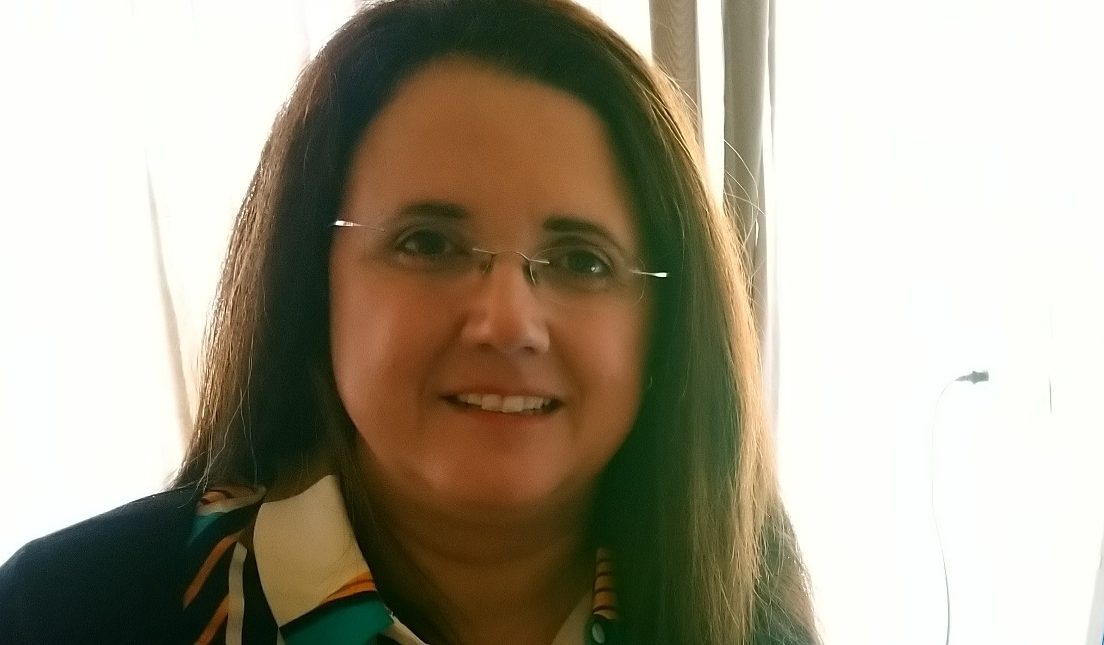
Dimitra Vernardou, Assistant Professor, Hellenic Mediterranean University, Greece
1) My research is dedicated on developing and optimizing electrode materials for a variety of battery chemistries, with the ultimate goal of adapting them for electric vehicle applications. This endeavor involves tackling ongoing obstacles, including safety issues, high development costs, and low yields.
2) I chose to pursue a career in science because of my curiosity for discovery and desire to understand the world. I was also motivated by the potential to contribute improving a technology or addressing environmental challenges. Furthermore, the collaborative nature of scientific research is rewarding, as it allows the work alongside colleagues from diverse backgrounds to tackle complex problems.
3) It is important to encourage an early interest for science, technology and engineering among young girls through outreach programs, mentorship opportunities and exposure to inspiring model roles in the field. Additionally, it is essential to showcase the achievements and contributions of women in battery research through conferences and media coverage.
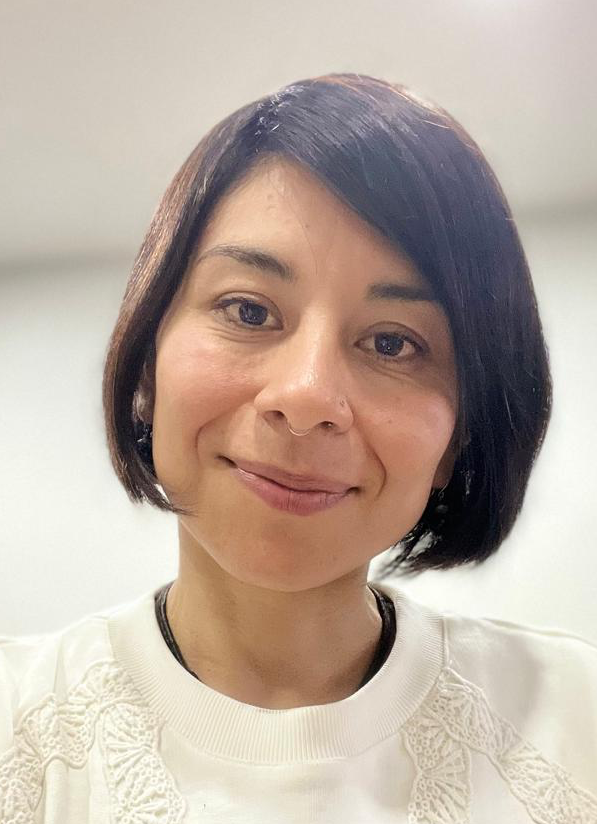
Paulina R. Martínez-Alanis, Deputy Head of Functional Nanomaterials, Catalonia Energy Research Institute (IREC), Spain
1). In the HEALINGBAT project, my research centers on advancing Self-healing cathode materials. Additionally, I am exploring the development of bio-based materials suitable for battery applications or for converting biomass waste derivatives into high-value compounds.
2). From a young age, I harbored a deep curiosity about the composition of the world around me. As I pursued my studies in chemistry, this innate interest blossomed into a fervent passion for unraveling the mysteries of matter.
3). It’s essential to prioritize the encouragement of work-life balance and the advancement of funding programs and scholarships tailored to empower women in the fields of science and technology, nurturing their talents and contributions.
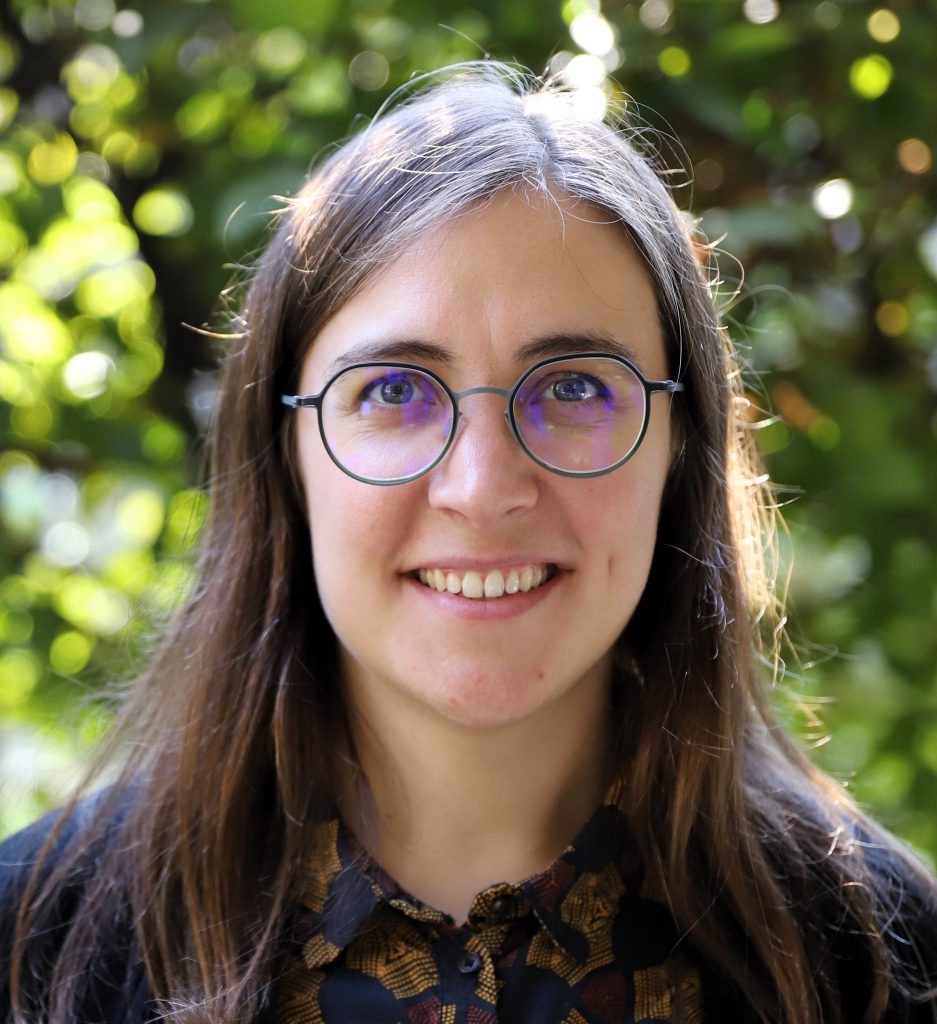
Guiomar Hernández, Assistant Professor and Docent at Uppsala University, Sweden
1). My research focuses on making batteries safer and more sustainable. In particular I am working with polymer electrolytes for solid-state batteries, developing new materials, understanding the ion transport mechanisms and their application in battery devices. In addition, I am also looking into more sustainable electrolytes for lithium-ion batteries and beyond, sodium and magnesium-based batteries.
2). I always liked studying science during high school and the chemistry labs in particular where I enjoyed mixing things and understanding how and why they react. I saw myself working in a laboratory and decided to study chemistry for my bachelor.
3). We need the entire community committed to solve this problem. From the government, public agencies and funding bodies to the industry and institutions (universities, research centers, etc.) and to individuals working in the field. Promote gender equity in our everyday actions and situations and react against inequalities and discrimination. Some examples can be found here: https://iopscience.iop.org/article/10.1149/1945-7111/ac483e
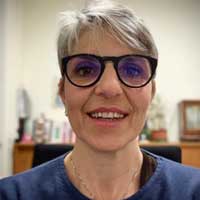
Silvia Bodoardo, Associate Professor, Politecnico di Torino, Italy
1). “I am leading the Electrochemistry Group at Politecnico di Torino, where we are working on innovative materials for lithium based batteries. In particular our work focuses on post lithium ion technologies to enhance properties and increase performance. Some new activities are on novel cells design to get new type of cells combining high energy and high power.”
2). “Curiosity… the curiosity to understand natural processes came first. Today it is more on how we can use natural phenomena to obtain new sustainable storage systems to help the transition to renewable energies and electric vehicles.”
3). “We really need to get visibility to show how women are not worse than men in all fields. We need to stress that education has to be accessible to all gender equally. This process should start already at the secondary school and in families.”
“We also need to disseminate our results in society and be more present in media.”
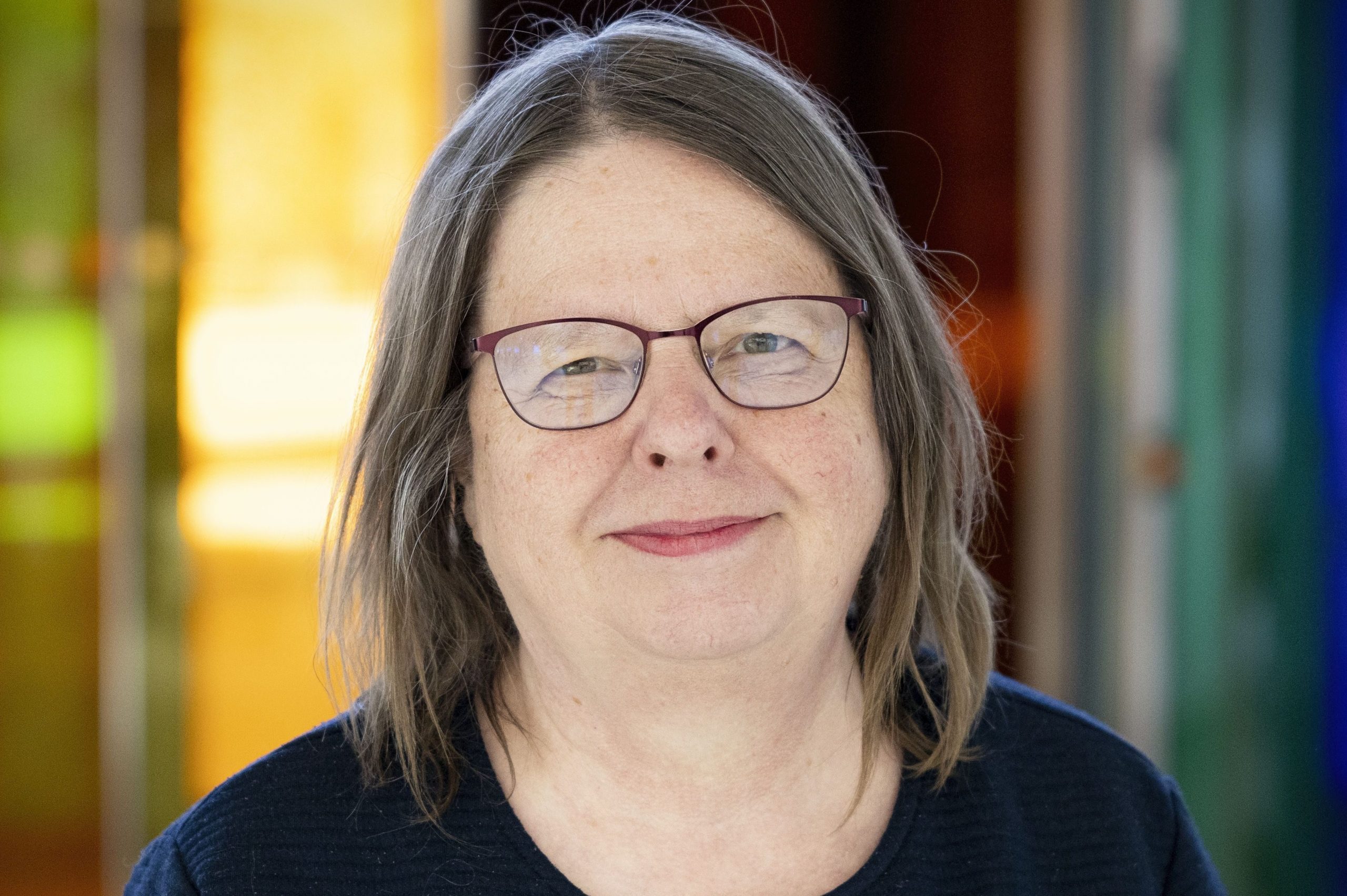
Kristina Edström, Professor of Inorganic Chemistry and Coordinator of BATTERY 2030+, Uppsala University, Sweden
1). “I study different kinds of batteries and battery materials. I am particularly interested in mechanisms for how ions are transported in solids. I am also interested in how different materials react in the interface to each other to understand what parameters that make batteries to last for a long time when used in an application.”
2). “I have always been interested in scientific questions. I liked to study already as a small child. I think I was very much inspired by questions rather than answers. My heroes were people that said that there was still needs to study and understand more about something.”
3). “We need to show the love for science rather than discussing the difficulties and obstacles. We need to give young scientists good conditions so that they see that there is a long-term commitment.”
“At younger age I do think that not choosing to specialize too young on a specific direction is important. Role models are also important and then to show normal people that can combine science with a family.”
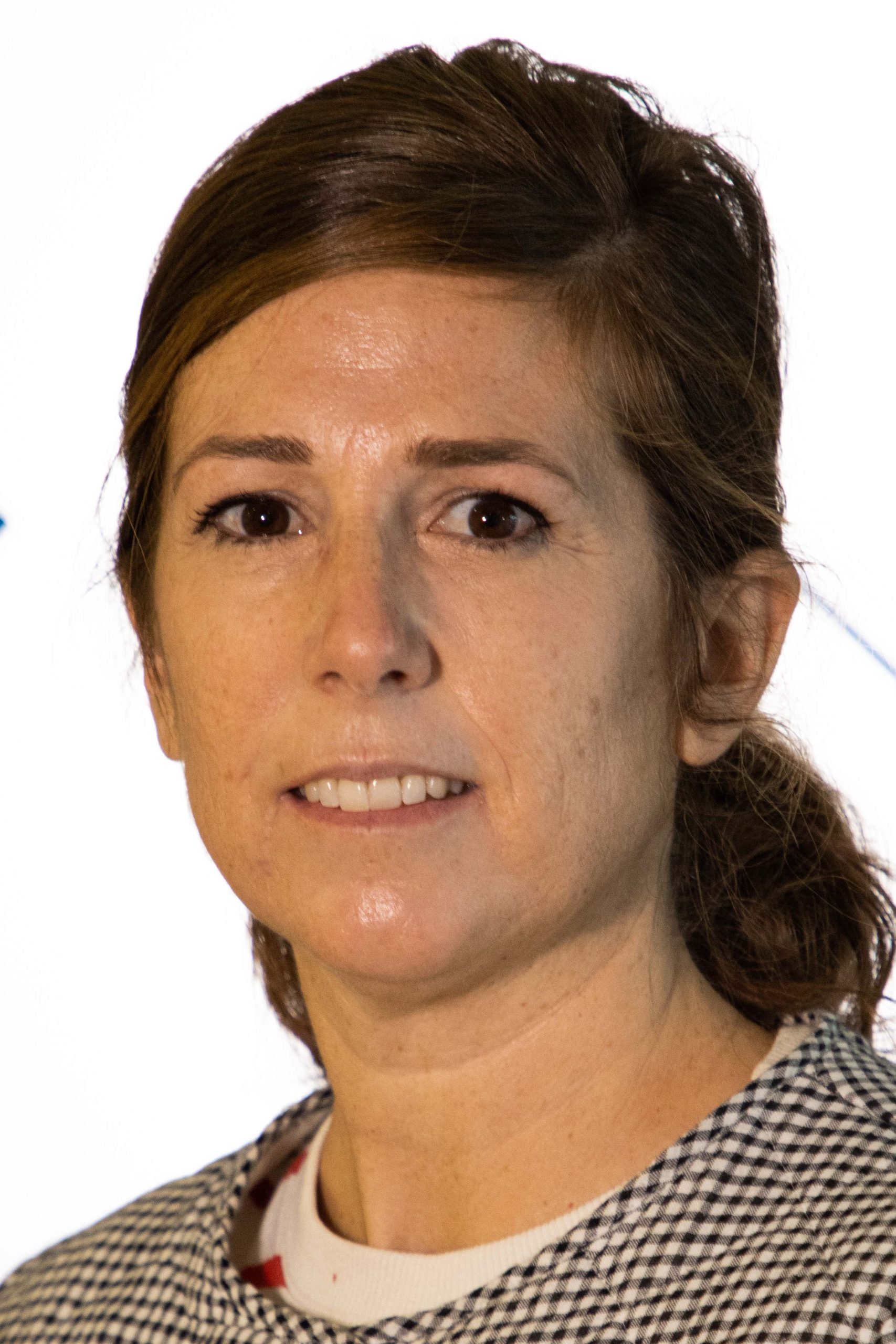
Elixabete Ayerbe, Team Leader – Modelling & Post-mortem Materials for Energy Unit CIDETEC Energy Storage, Spain
1).I am responsible of the Modelling and Post-Mortem Group within the Materials for Energy Unit at CIDETEC Energy Storage, specializing in the development of innovative battery technologies tailored to specific challenges, with the goal of ultimately transferring them to the industry. My research primarily revolves around delving into battery performance and manufacturing processes using multiscale and data-driven modelling techniques, as well as advanced characterization methods. This approach allows us to close the loop in the iterative process of enhancing battery development.
2). From a young age, I’ve harbored a curiosity for understanding the underlying “why” behind everything. This curiosity stemmed from a deep awareness of the importance of protecting the environment for both nature and humanity. I dreamt of a career path where my work could potentially contribute to environmental improvement. Driven by this curiosity, along with my passion for mathematics, I found myself drawn to the field of battery modeling. This field aligns with my personal goal of enhancing energy efficiency and addressing critical environmental challenges.
3). I strongly believe that there is a significant need to actively engage in attracting, recruiting, and retaining talented women in the field of battery research. However, the challenges extend beyond the research community itself. Addressing them requires a collaborative effort from various stakeholders, including the research community, government bodies, and commissioning authorities. This effort should begin with initiatives aimed at children in primary school and should continue throughout their education, training, and into the workplace. Moreover, there are numerous organizations, such as the one I am affiliated with (https://inspirasteam.net ), dedicated to inspiring young girls worldwide by connecting them with female role models. In this regard, I believe that women in the battery research field can make valuable contributions by actively participating in pioneering projects aimed at promoting scientific and technological vocations among girls through awareness-raising and guidance initiatives.
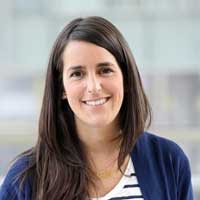
Maitane Berecibar, Professor, Head of the Battery Innovation Center and Coordinator of BAT4EVER
MOBI Research Group, VUB, Belgium
1). I obtained my PhD in Engineering of Sciences at the VUB titled “Development of an Accurate State of Health Estimation Technique for Lithium-Ion Batteries”. Even though my research topic was defined by my PhD on State of Health estimation techniques, I felt always fascinated by all research actions that are developed on batteries. The world of batteries is unstoppable, it has no limits: self-healing properties, sensors, solid state batteries, different battery generations, digitalization, management, smart estimations, reusing, recycling… so many interconnected topics. It is definitely fascinating, and I always push myself to know more and more. At this moment, I am part of the Battery2030PLUS initiative, and I am coordinating BAT4EVER, a recently granted project by the European commission that aims to develop self-healing batteries.
2). Science has always been my passion. I have always felt so comfortable with math’s and physics, I was always intrigued on why this, and what if. In addition, I have always been very eco-friendly. Being aware of the state of our world, and how to treat it better so to keep it longer. This made me feel that green technology could be my cup of tea. Creating a better world by providing green technological solutions.
3). Even though the representation of female in science has increased, still there is a lot to do. From my point of view, there are 5 main key actions to highlight in order to get more women in the battery field:
- Equal education: Follow more equal educational, parenting and professional systems. Girls can do applied engineering science, and we need them.
- References: Highlight female researchers in engineering science, highlight female CEOs, CTOs of big industry.
- Give opportunities: Create more opportunities, hire female researchers.
- Confidence: Emphasize the work of female researchers and encourage them to interact more by giving them confidence in themselves.
- Flexibility: flexibility and work-life balance conditions are needed.
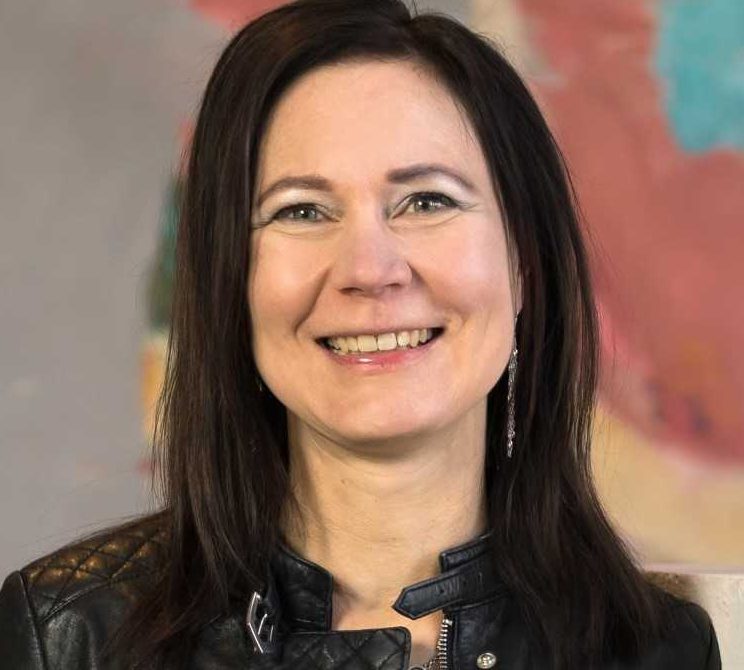
Prof. Tanja Kallio, D. Sc. (Tech.) Electrochemical Energy Conversion and Storage School of Chemical Engineering at Aalto University, Finland
1). I have been working on material development for various electrochemical energy conversion technologies for more than 20 years. Recently, the focus has been on developing more responsible electrochemically active materials for lithium batteries and hydrogen technology. For batteries, we are developing electrode materials and structures to enhance battery efficiency and cycle life. We have worked on development of interface layers on the electrode active material and investigated their effect on the material and battery functioning and aging.
2). Since a teenager, I have been curious about structure of materials and their functioning which led to chemistry studies at the university. While studying at the Helsinki University of Technology as an undergraduate I became interested in energy conversion technologies and their environmental aspects and hence seized an opportunity to complete a doctoral thesis on fuel cell materials. While doing research for the doctoral thesis, I realized that working as a scientist gives a tremendous opportunity to learn new. It also offers possibility to contributing important work on development of more environmentally friendly technologies needed in our everyday life and hence is highly important. Hence, this career is the perfect match for me.
3). For involving more women into battery research, we need to highlight the importance of this field from the sustainability and environmental responsibility perspective. Opening up the decisive role of energy storage as an enabler of renewable energy based society must be opened up. Likewise, the real collaborative nature of scientist work must be uncovered. We need to reach out not only to undergraduates at the university but also girls at the senior elementary school classes before they select their study place. We need to show that positive role models for them.
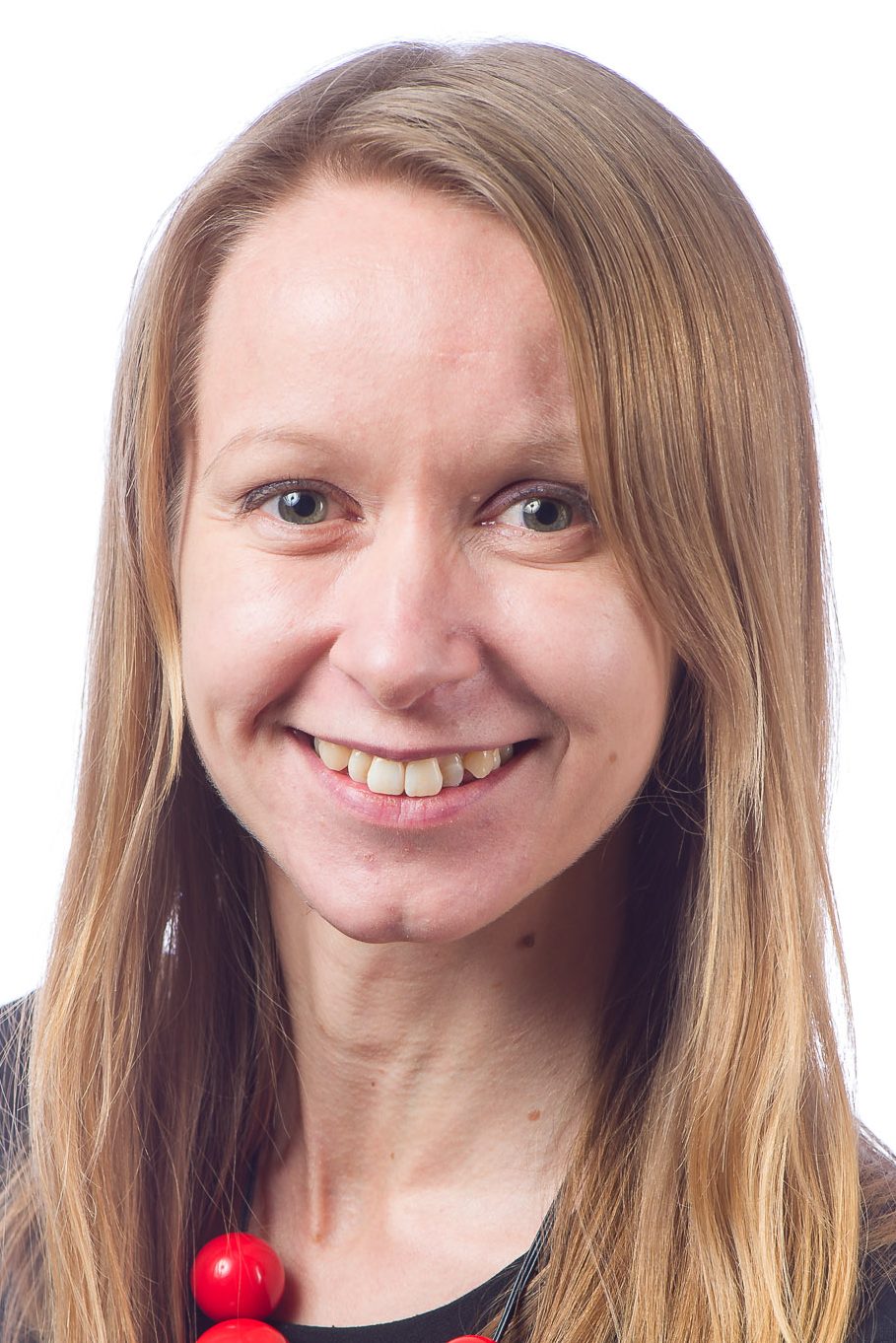
Marja Vilkman, Senior scientist at VTT Technical Research Centre of Finland and coordinator of the HIDDEN project, Finland
1). I work in the field of flexible electronics at VTT Technical Research Centre of Finland and have been focusing lately on energy related topics. First, I was working more on the energy harvesting side, studying organic solar cells. However, a few years ago I realized that I want to concentrate also in batteries as we cannot utilize renewable energy, like solar and wind, well without proper and sustainable energy storage solutions.
Currently, I’m coordinating a Battery 2030+ project HIDDEN, which develops self-healing Li-metal batteries. In addition, we have ongoing projects at VTT where we study e.g. the use of bio-based materials in energy storage applications. I’m also coordinating a Factories of Future project OLEDSOLAR, where we are developing innovative manufacturing processes for solar cells and OLEDs. These projects allow me to work in my favorite fields, and I truly feel that our work will have a big impact in enabling clean energy production and storage for current and future generations.
2). When selecting what to do after school, I was first thinking to study biology or biochemistry, as I liked both biology and chemistry in high school. Thus, I selected to apply to the Chemistry department at Helsinki University of Technology (currently Aalto University) as they offered biochemistry courses. There I got familiar with polymers, and I immediately felt that they are very interesting. I got even more excited when I learnt about conducting polymers and saw the numerous possibilities of organic electronics. I eventually did not study biochemistry that much. Instead, I had polymer chemistry as my major and physical chemistry as my minor topic. Finally, I ended up in doing my PhD at the physics department, focusing on polymer physics.
3). Indeed, selecting a physics department at a technical university did not feel natural to me when I graduated from high school. Maybe I just was not aware of all the opportunities and possibilities physics could offer, or maybe those opportunities were not even introduced to women that much. Anyway, I am very happy that I eventually found this field and can now do the job I love.
Thinking of my own history, I would have needed more information on the battery and energy related research fields when I was still in school and selecting where to go next. Thus, giving an example and being visible e.g. in social media or schools might help young people to get familiar with this field. In addition, teaching in universities will help as well. Even though I’m working in a research institute where teaching is not part of my work, I have been voluntarily involved in teaching e.g. at Aalto University. I really hope that I have given the students motivation to pursue a career in this field.
It is also possible to change the direction of your research in a later stage as well, just as I did. For enabling this, we need to offer education on batteries also for people who are not students anymore.
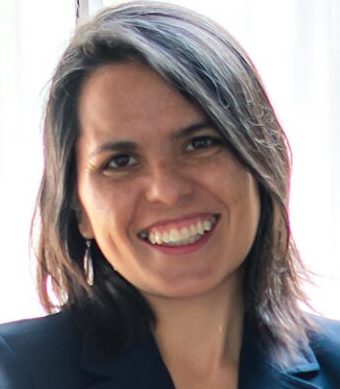
Montse Casas-Cabanas, Scientific coordinator (Electrochemical Energy Storage), Ikerbasque research associate, CIC energiGUNE, Spain
1). The core of my research is to design, prepare and characterize materials for the development of next generation battery chemistries. We employ cost-efficient synthetic processes, with a focus on sustainability and recyclability, in combination with scattering, imaging, and spectroscopic techniques to develop fundamental understanding in structure-property correlations. I have a background and experience in electrode reaction mechanisms through the use of operando experiments and, in particular, in the study of the impact of structural disorder and defects in the electrochemical performance, for which I pioneered the development of the FAULTS software. We are now developing an automatic and autonomous platform which, combined with artificial intelligence algorithms, will be capable of making effective predictions of the result of automatic experiments. This will allow to reduce the time and cost without precedent in the development of new materials for batteries.
2). I have always been very curious and eager to learn. As a child I used to ask a lot of questions and was tremendously interested about how things work or why things happened, so science always felt as my natural career path. However, I still had a hard time when I had to drop literature, languages or arts and start specializing in sciences, and chemistry in particular. Later I realized that there are amazing opportunities in science for meeting new people and different cultures, I have now friends from all over the world! I also had great teachers and mentors that nourished my passion for science, to which I am extremely grateful. One of the reasons why I love being a battery researcher is that, despite we are highly specialized, our field is totally multidisciplinary. We are constantly learning and facing new challenges and this continuously renews my self-motivation.
3). There is a lot we can do at different levels as we still need to break down many gender stereotypes in battery research, and in STEM jobs in general. We must give visibility to women working in the field. I strongly believe that having female referents can make a real difference in female career expectations, starting and a very early age. It is also important that we support and mentor other women, creating opportunities and enriching our professional networks, having female role models and mentors has been transformative for me. Gender balance should also be seriously taken into account in companies and institutions, we’ll get more women into our fields only if we hire women! And obviously gender equality, childcare and dependent care policies in the labour market make an enormous impact. In Spain, where I live, paternity leave was only two weeks until five years ago, which created a huge bias in female careers. In recent years the situation is improving (for example today both parents enjoy today the same rights), but there is still a lot to be done to end with the “female caregiver” and “male breadwinner” model in our society.

Estibaliz Crespo, R&D Project Coordinator, CIC energiGUNE, Spain
1). Well, in a manner of speaking, it is about helping the researchers’ innovations become real. In a financial way of speaking, it is about getting public and private funds to develop energy-related R&D projects. In political ways of speaking, it is about understanding the European battery ecosystem as well as about stakeholder engagement. But, generally speaking, it is about being a facilitator for researchers, giving them the political background, the funds, the rules of the game. Essentially, I am constantly looking for the best professional support for primary scientific investigators from a business development perspective.
2). It really wasn’t a question of choice because I found myself in science by chance. I enjoy my position in science because I continue to understand and breakdown important complex matters into useful knowledge for my research teams; similar to when I was a journalist and I informed the general public of complex and contemporary, socio-economic issues.
3). The expert researchers of today are the wild and spunky kids from yesterday. This includes schoolgirls who have been educated without female references in science, sports, politics, blue-collar jobs, finances, etc. Since the early days, kids have always needed a diverse range of role models to better identify themselves with the profession of their future. So, education, training, and professional career development in battery research needs to be attractive, feasible, and contain a diverse set of role models (men, women, trans, LGBT+, etc.) making equal opportunities a reality for all types of women.
“Bring science into society to favor investment in research and innovation is a must but not the only one. Is a lot ahead, the challenge is ours.”

Ivana Hasa, Assistant Professor WMG, University of Warwick United Kingdom
1). I study and investigate the thermodynamic and kinetic processes governing sodium-ion batteries, which I consider one of the most promising next-generation sustainable energy storage technology. My research interest focuses on the development of technically relevant battery materials and the characterization of their surface and bulk properties. My work is inherently interdisciplinary, tackling challenges at the interface of chemistry, materials science, and electrochemistry.
2). Since I was a kid in school, I always admired people examining facts and observations, and not taking for granted a point of view or the validity of an answer. The scientific dialogue and the exchange of opinions is what makes research exciting. The ability to demonstrate our hypothesis and to understand the unknown is the most fascinating challenge for me. I am very happy to be part of a vivid community in the field of battery research. This is an amazing scientific challenge in which everyone can bring their own creativity and innovative ideas.
3). As a scientist and a woman, I would like to tell everyone that this is a great community to work in. We should show outside of our community how much passion and dedication we put into science, and how rewarding it can be. By conveying a sense of positivity, inclusion, and engagement, we have the potential to attract many other extraordinary women scientists into our community.

Edel Sheridan, Senior Business Developer SINTEF, Norway
1). In my role as business developer, I work closely with industry to identify their needs and match the necessary expertise in our research teams. At SINTEF, we carry out research across the battery value chain and strongly support companies who aim to bring batteries technology and systems to the market. Our involvement in Battery 2030+ and EU projects including BIG MAP, HYDRA, SOLSTICE, SEABAT and CROCODILE provides excellent opportunities to carry out ground-breaking research in strong European multi-disciplinary teams.
In recent years, I personally have developed a keen interest in the challenge of converting research into real tangible industrial innovation and then market uptake and to understanding the true impact of these innovations. Thus, I am often involved in the innovation activities in projects. An electrochemist by training my earlier work focused on Li ion batteries, supercapacitors and metal air batteries. In addition to batteries, I have synthesised catalysis for fuel cells, developed gas separation membranes and electrochemical sensors.
As technical leader in the Batteries Europe ETIP, I have the great privilege of coordinating and working closely with many of the best minds across the battery value chain, to identify and define the key research needs of the future, to support the development of sound reporting methodologies and to foster a common understanding of our sustainability goals throughout the battery community and beyond. A holistic approach is essential as innovations to one part of the value chain will have significant influences on other parts.
2). As a kid, growing up in rural Ireland, I was fascinated by the earth, the planets and by nature and was deeply concerned about the then gaping hole in the ozone layer. In school while I faltered at learning languages, I thrived and lived for our engaging, colourful science classes. Experiments from titrations to igniting magnesium were fun. My science teacher Miss Doolin encouraged me to study further. At Maynooth University I began with a good foundation degree in science and followed it with a PhD in electrochemistry under the ever-patient supervision of Prof. Carmel Breslin. Research was fun and I was hooked…the step-by-step methodology, the experimental work and the development of understanding were both incredibly frustrating and enjoyable. Subsequent to my PhD, I took a postdoc role at Prof. May-Britt Hägg’s membrane technology group at NTNU, Norway after which I began research at SINTEF’s New Energy Solutions research group. One continuous red line runs through my career and that is the presence of strong female role models. I believe this is one of the factors that guided my choices and still does to this day.
3). I have recently been appointed as the only female representative, to the Executive Board of the Battery European Partnership Association. While I am very much dedicated and greatly honoured to have this role, the fact that there is only one female representative among eight speaks volumes about the on-going gender balance gap. This situation is common in STEM boards and committees worldwide.
Role models who are supportive and encouraging, including those you are currently reading about, play an essential part in involving women in battery research. In addition, our male colleagues, friends and partners, who support and promote our engagement in battery research, are our most powerful allies in closing the gender gap divide. To add, women themselves must also trust in their own abilities and go for opportunities. I have heard it said a woman often needs to be asked three times before she will consider herself for an important role…the problem is, we may only be asked once!

Julia Amici, Researcher at Politecnico di Torino, Italy
1). I am working on the development of materials for Li-ion and post Li-ion (Li-sulfur and Li-air) batteries, at cell level. I started my research on this topic during my Post-Doc, after a PhD centered on polymers for other applications. In particular, during my Post-Doc I worked on the preparation and characterization of cathodic active materials for Li-air batteries as well as polymer membranes able to specifically block or let through oxygen.
“Afterward, I shifted toward Li-sulfur batteries once again on the preparation and characterization of cathodic active materials and polymer interlayer membranes to block polysulfide shuttling.”
“Lately, I went back focusing on my first love: polymers, working on polymer electrolytes to allow longer and safer cycling of metallic Li cells through, for example, the use of self-healing materials.”
2). Since I was a child, I was always curious to understand how everything was working. Where did the rainbow come from, how could electricity light a lamp, why soap in water formed foam, and from a very young age I understood that science was a way to get answers. So, I guess I could say that my curiosity got me into science.
3). In general, we are missing women in STEM disciplines (science, technology, engineering and mathematics) and I guess it’s because, historically, those were seen as boy’s areas of interest. Therefore, I would say that we need information campaigns (and the International Day of Women in Science is a really good initiative) to show girls from a young age that they belong to the field as much as boys do.
“In my opinion, it is also very important to advertise the achievements of women scientists, in the field of battery as well as other fields, to encourage women to perseverate.”
“Last but not least, education is of course at the heart of everything. Until now Europe has been lacking serious education program on energy storage, fortunately this should be about to change, and it’s very important to encourage women to follow these new programs by communication and advertising campaigns.”
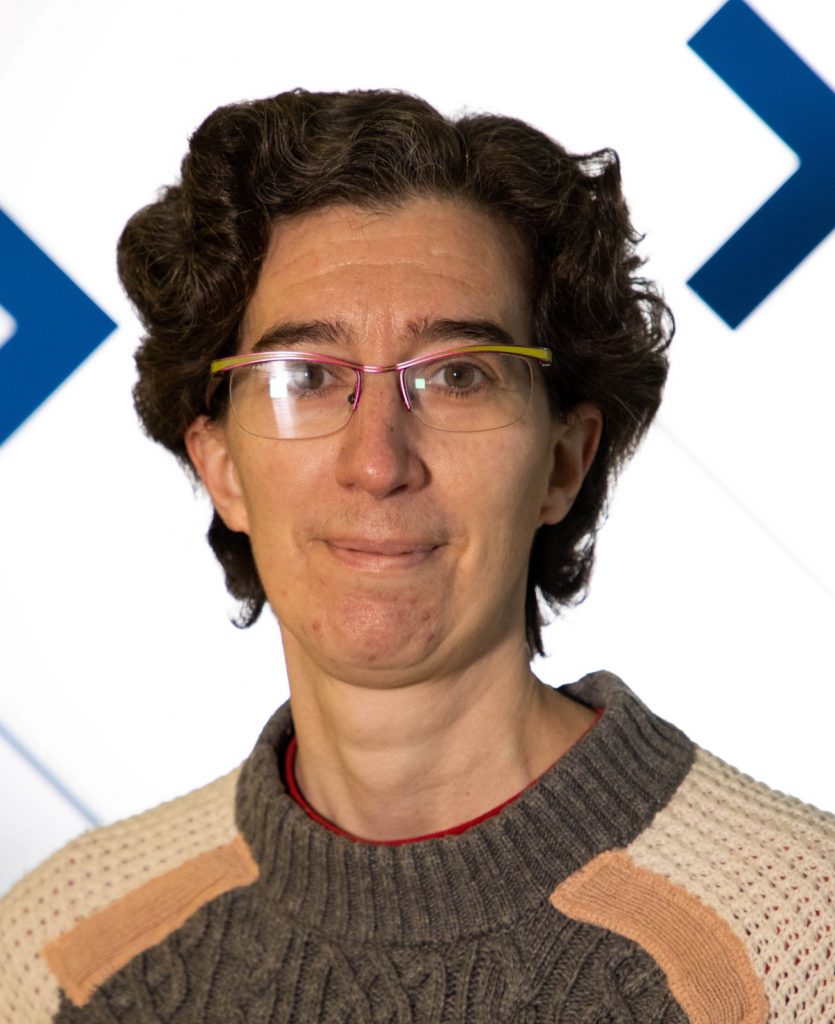
Iratxe de Meatza, Advanced Li-ion Team Leader at the Materials for Energy Unit, CIDETEC Energy Storage, Spain
1) Our work in the Materials for Energy Unit at CIDETEC Energy Storage is dedicated to applied research, in order to develop battery technologies according to application and their transference to industry. Particularly, I am leading the team focused on advanced Li-ion development in which we are analyzing new active materials, electrode formulations and processing optimization for electrode manufacturing, full cell harmonization up to cell prototyping and extensive electrochemical characterization. I am particularly interested in correlating battery performance to upscaling factors.
2) Curiosity has always been my driving force to get into science. Since childhood, I always want to know “why” and especially “how does it work?”. My first conscious interest in science and technology could probably be traced to reading Jules Verne’s novels, also tinted with energy sustainability issues as I now realize (Nemo’s submarine in “20000 Leagues under the Sea”, water as energy source – fuel cells! – in “The Mystery Island”). No wonder that I chose Chemistry and Materials Science and Energy related topics as a research path!
3) We should propose and implement measures to attract, recruit and retain talented women into the battery field, joining forces from the research community, institutions and government authorities. It should probably begin from young children at primary school up to university education and into workplace career development, supporting gender equality and diversity, particularly in leadership positions where female numbers are very low. We need to provide equal career development opportunities, give visibility to female role models and/or mentors to encourage and nurture young scientists in our research field. I have found the thoughts of several female colleagues very inspiring, that I encourage you to check: Guiomar Hernandez and Adriana Navarro-Suárez in IOPscience and Maitane Berecibar with Marian Cabañero in this video.

Sandrine Lyonnard, Physicist, Group leaderCEA-IRIG, Grenoble France
1). As a physicist, I am working on nanomaterials for energy conversion and storage by means of neutron and X-ray scattering techniques, in particular in operando mode, to probe the evolution of fuel cell and battery components during their operation. My interests range from soft matter materials as proton-conducting membranes or single-ion Li-conducting electrolytes, to nanostructured silicon-based anodes or high voltage cathodes. My focus is on scattering, imaging and spectroscopic techniques applied to in-depth understanding of key mechanisms as structure-transport relationship and ageing of materials.
2). It may be a long path to become a scientist! The French painter Pierre Soulages said: “ What I find shows me what I search”. Choosing science was not a truly mindfull process, but rather the consequence of curiosity, willingness to watch beyond, and fondness for understanding how things (and people !) work, evolve and interact. The passion for knowledge, in general, and more specifically for the beautiful concepts of modern mathematics and physics, brought me to the great challenges of materials science. “Try again, fail again, fail better” says my bedside writer Samuel Beckett.
3). I fear clichés about women in science but, at the same time, I always felt very concerned by gender equality and the importance of promoting women in fields as physics or materials science, where they are still under-represented. Very often women turn away from the path of “hard” science, or stay long below the glass ceiling, for many reasons. Education and mentoring are headstones in my opinion to gradually change the game. Key is surely that visualising a future through visible examples helps everyone to climb any mountain and build the path to a successful life. In this regard, we, women in batteries, should help young girls, young female students, young junior female scientists, to become aware of the variety of careers that they can develop in battery research, just as men. Publicising the benefits of diversity is a kind of daily attitude we can have, in meetings, in conferences, in the labs, towards funding and managing bodies, as supervisors, as teachers, as project leaders, as partners ! Personally I also militate with my three sons, everyday, to show them that a mother can be an active and happy researcher, and that commitment and dedication is absolutely gender-neutral !
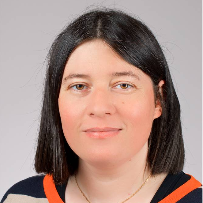
Claire Villevieille, CNRS Research Director, Grenoble, France
1). I am currently working in understanding complex electrochemical reaction mechanisms occurring in battery at different scales (from nano to millimeters, bulk, surface, interface) using lab techniques and large-scale facilities, the so-called operando techniques (that is why in the picture I am at ESRF). The good point is that when you develop methods you can work in all possible systems, conventional Li-ion batteries, Na-ion batteries but also water-based one, and the most challenging ones the solid-state batteries.
2). Well, I was always fascinated by science being a child. I was always playing with Lego and tried to develop some toys, some little experience out of it. As a Master student, when I entered for the first time in a research laboratory, I felt like at home, so, I decided to stay in a lab a bit longer… turning to be a senior scientist as my day-to-day job. Still now, I am fascinating by what I can constantly learn thanks to the people I can meet every day.
3). Actually, that is an interesting question that could also be asked to Gentlemen, don’t you think?
More seriously, I guess We, as women in Science, should kind of advert our job, like an open platform where we could discuss, meet, and where we could be showing them how fantastic this world is!
In a larger sphere, I think that there are lot of actions in the world to promote the role of Women in Science, which is an excellent start but still we need to continue. As an example, when you are planning a conference or symposium, think about inviting more women, little changes will make big differences.
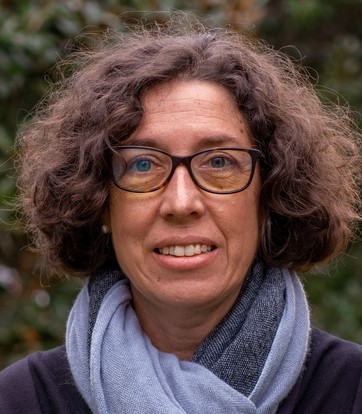
M. Rosa Palacin is a Research Professor at the Institut de Ciència de Materials de Barcelona (ICMAB-CSIC)
1). I am mostly dedicated to the study of electrode materials for both already commercialised technologies (as Li-ion) or new emerging concepts (multivalent batteries). Besides understanding redox mechanisms, I also focus on the influence of crystal chemistry and microstructure on the electrochemical performance.
2). It was a gradual process, I guess I was driven by curiosity and the fact that in science one never stops learning new things which I think is one of the most motivating things in our job. I also like the freedom offered by academia to decide which research aspects to focus on. Science is never routine and I like that!
3). Battery research does have an engineering component, which clearly impacts gender statistics. General strategies to attract more women in STEM should be applied already at high school level. Fighting stereotypes could be useful at that stage and role models are clearly a path to follow. Later on family friendly working conditions can be of great help for young researchers, both male and female, and contribute to avoid the so-called leaky pipeline.

Sara Drvarič Talian, post-doc researcher at the National Institute of Chemistry, Ljubljana, Slovenia
1). What is your research about?I study the mechanism of operation of different batteries. Meaning, I try to understand how they work, or, more frequently, why they don’t work the way we want them to. I work a lot with impedance spectroscopy measurements because the technique enables the determination of the difficulty of different processes happening in the battery. I can therefore answer the question if it is more difficult to transport the active species to the electrode or for them to react. This way I can give specific instructions on how to change the battery cell design in order for it to work better.
2). Why did you choose to get into science?Since I was a child, I liked taking things apart and figuring out how they work. At that point, it was mainly toys or pens my father used to fill crossword puzzles. I guess this desire to understand the world translated into doing science as a grown up.
3). What needs to be done to get more women into the field of battery research?
I think supporting a work life and private life harmony is of the most importance, as well as offering more stability in terms of availability and location of future work. Society in general should strive for equality in expectations between mothers and fathers’ private life work load, which could equalize the toll having children has on their career.

Katja Fröhlich, Thematic Coordinator “Sustainable & Smart Battery Manufacturing”, AIT Austrian Institute of Technology GmBH, Austria
1). My research focuses on Li-ion cell manufacturing, with the main interest to increase the sustainability and energy-efficiency of the cell production process. This includes solvent-reduced or even dry electrode manufacturing as well as the reduction of high energy consumers such as the dry room itself. Sensor integration for measuring different cell parameters such as the temperature, local electrode potentials or the pressure is also part of our work in order to improve the final cells’ lifetime and safety.
2). I somehow ran into the field of battery research during my Bachelor thesis which was on bifunctional oxygen electrodes for rechargeable Zinc-air systems. It was immediately clear to me that I am very much dedicated to batteries and I continued working on different aspects from synthesis to modelling and finally to cell production. What I like most about science is the different approaches to reach a goal, that we can work together with experts from different fields and discuss possible solutions for a specific question.
3). I think it is very important that you are very much into a specific topic and want to find out everything about it. Something must be so fascinating to you that the research follows your interests. Therefore, it is very important to approach women even at young age, getting them to know all the different fields and aspects of battery research and also actively promoting them and other women in the field as role models.
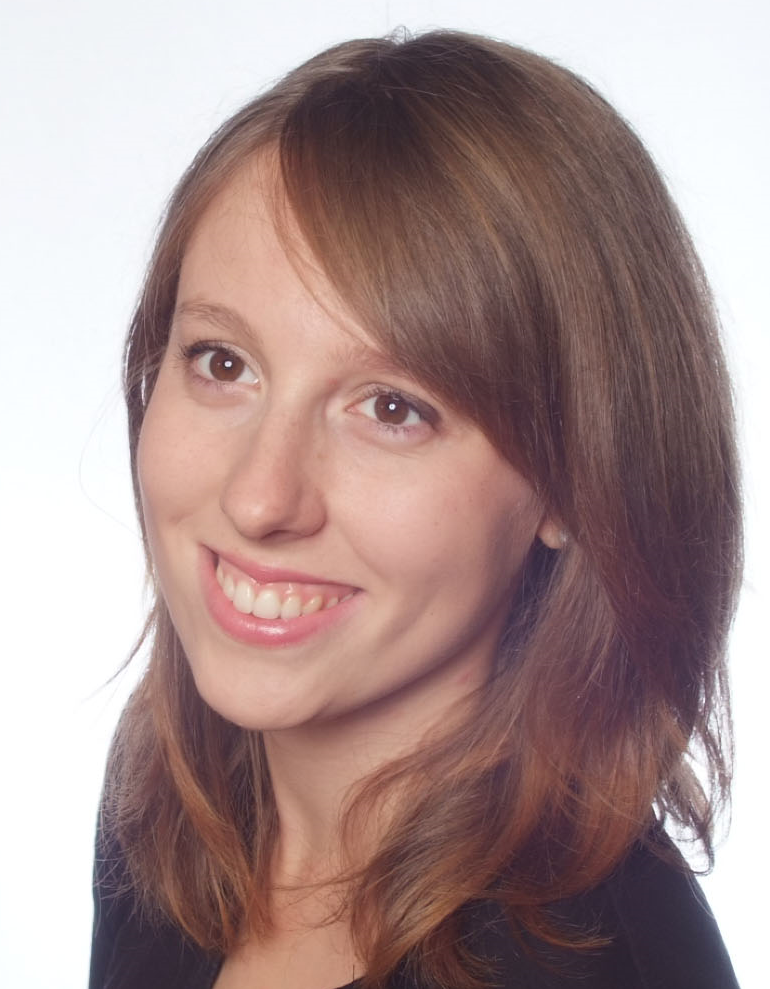
Anna Szczęsna-Chrzan, PhD Candidate, Scientific Assistant at the Warsaw University of Technology, Warsaw, Poland.
1). The battery industry is currently one of the most developing scientific fields. It is a great hope for young people, that by choosing the battery field as a career path, they will be needed throughout their lives, and that their work will become more and more interesting every year. Our only job is to show women how exciting the world of batteries can be for them.
2). My research concerns the optimization of Na-ion and Li-ion cells by testing the relationship between electrodes, separators and electrolytes in order to obtain the best possible parameters of the cell. My greatest field of interest are innovative cathode materials and the study of the differences between the processes taking place in Na-ion and Li-ion batteries.
My dream is to connect the world of science and great technological breakthroughs with business. That’s why I chose a research career to understand complex phenomena as well as develop new ideas that may one day become a great market product.
3). The battery industry is currently one of the most developing scientific fields. It is a great hope for young people, that by choosing the battery field as a career path, they will be needed throughout their lives, and that their work will become more and more interesting every year. Our only job is to show women how exciting the world of batteries can be for them.
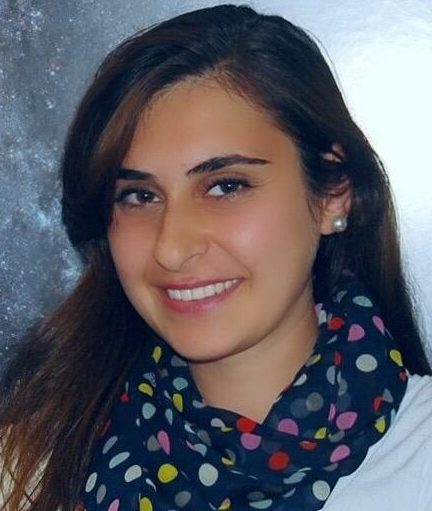
Assoc.Prof. Dr. Neslihan Yuca Doğdu, Maltepe University and Founder/Enwair Energy Technologies Corporation, Istanbul, Turkey.
1). I am Associated Professor in the university and I am trying to train students in battery field. At the same time, I have my own company that we are developing silicon anodes, Li-rich and high voltage cathodes and polymer binders for Lithium ion batteries. I am interested in recycling of batteries, as well.
2). Academic environments are certainly key chain of the science. Since my undergrad days, I always wanted to be in this academic world to develop new Technologies for the humanity which will increase their life quality. So, after I had my BSc from environmental engineering, I realized that to protect the environment is our must and we should have correct decisions to reach this purpose. Then I decided to continue in energy field which is mostly the reason of many wars in the World and reason of the earth pollution many times to recover the human needs. When I choose the energy for my scientific life, I completed the puzzle for me to serve for a peaceful and reliable World for people and especially for the children.
3). As in every field, if women and men work together, everything goes more productive and efficient. Because women have incredible abilities when men have other abilities. But as we know, in every field men has more population than women. To increase the women population, I think, according culture and present life conditions of countires/regions, women should encourage to join the scientific studies. It should be told that, women have very important physical and mental abilities and they should use these abilities for humanity. So there should be many funds for the women who doesn’t have opportunities to have and/or continue their education and research, should be supported.
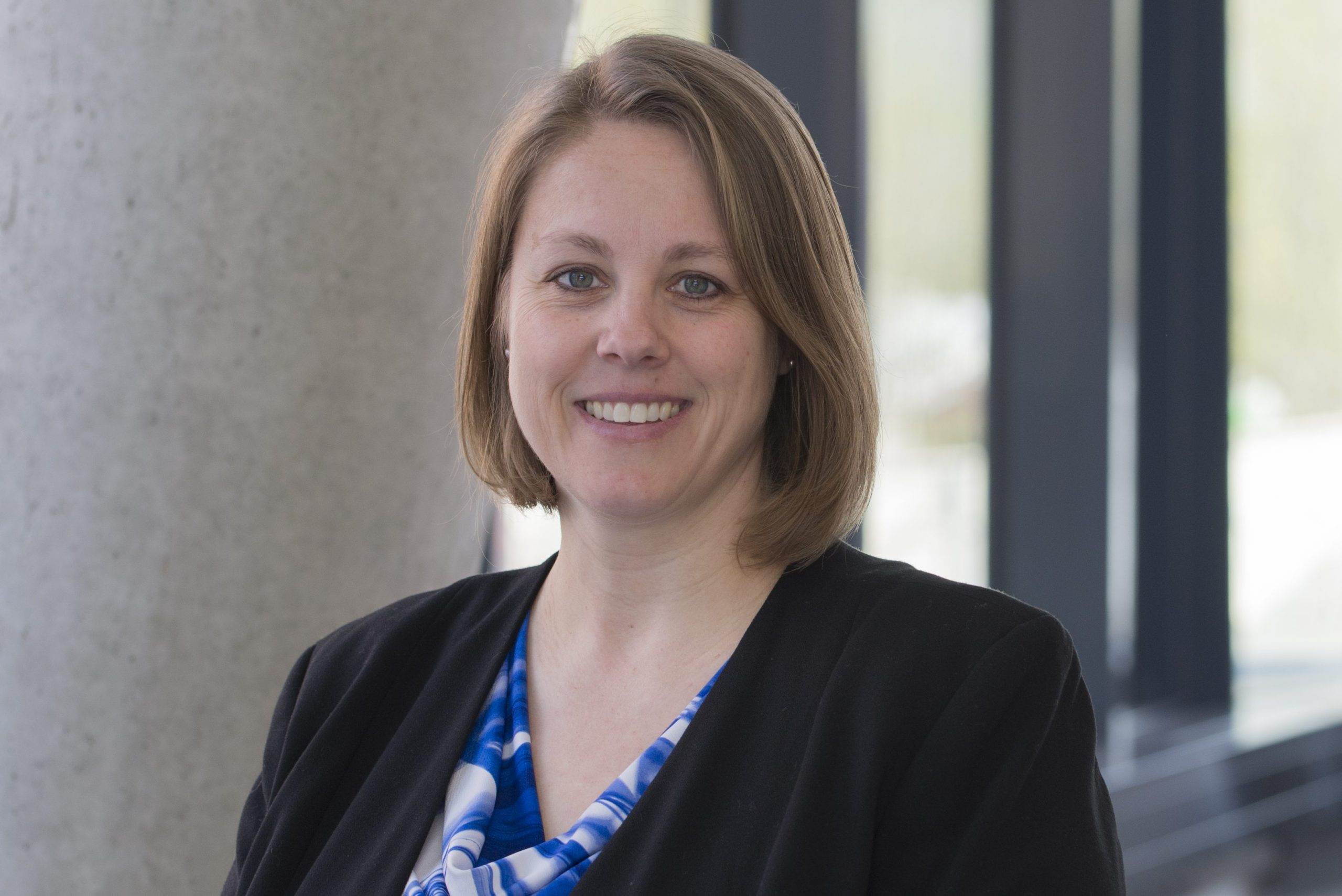
Guinevere Giffin, Fraunhofer Institute for Silicate Research and Julius Maximilians University of Würzburg
1). My work focuses on the development of materials and components for solid-state and Li-ion batteries. I find it particularly fascinating to learn how ions move through electrolytes and how that influences the battery performance.
2). My interest in Chemistry started in high school, where my chemistry teacher would sing the periodic table in class, and has continued until today. I was lucky enough to have many teachers, professors and mentors who found ways to foster my interest and to push me to excel.
3). We can get students interested in batteries and electrochemistry by providing them with the chance to be involved in cutting-edge research projects early in their studies. It is then important to continue inspire and support these individuals.
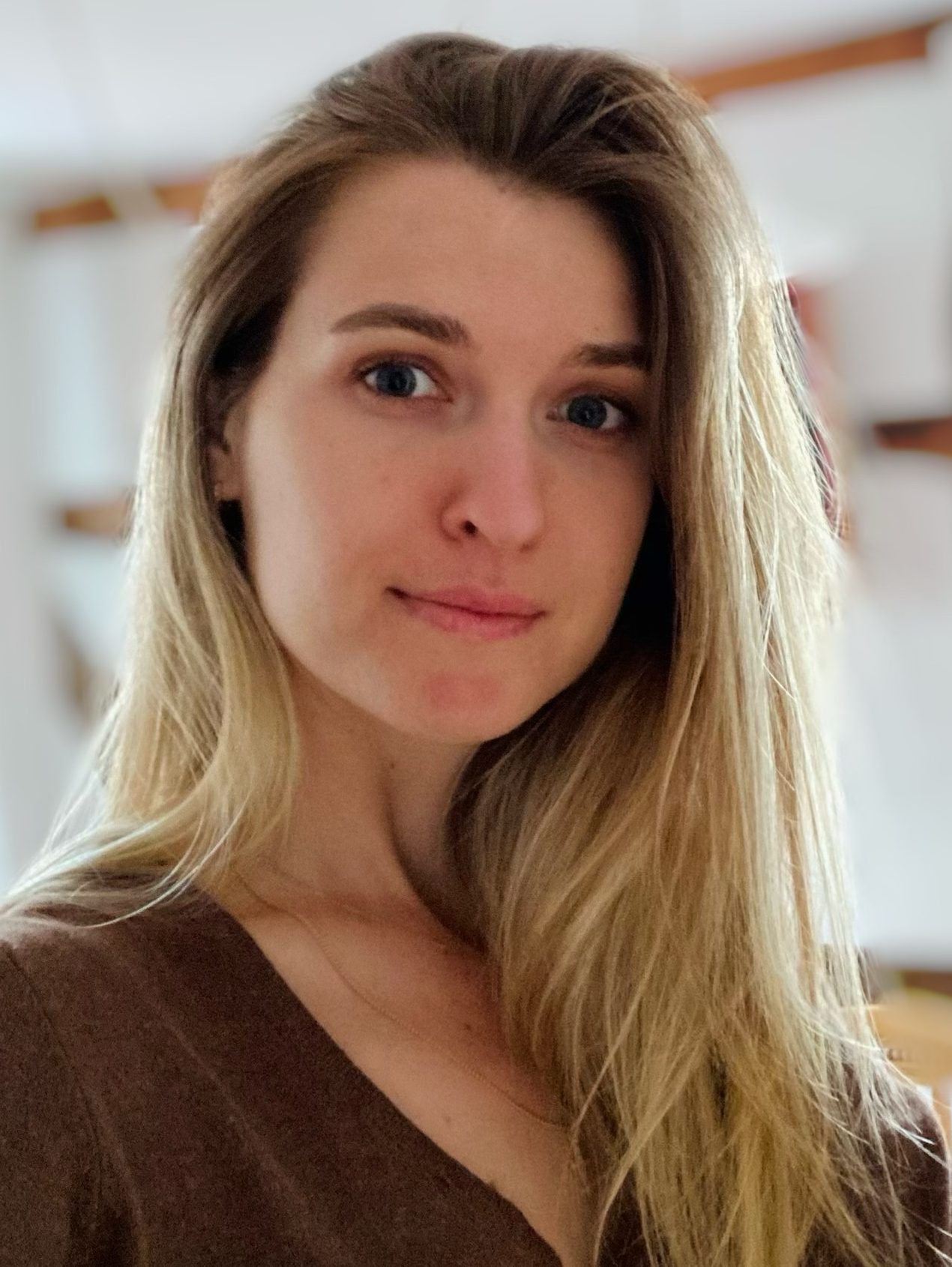
Svitlana Nahirniak, Postdoctoral researcher, German Aerospace Center (DLR), Germany
1). Currently my research focuses on the synthesis of the cathode materials of particular composition and morphology for Li-ion batteries in the frame of H2020 European project BAT4EVER project. Specifically, I am dealing with the optimization of synthesis parameters and further characterization of the cathode powder structures with the aim to develop high-energy cathode material.
2). From school I was more interested in the exact sciences and at some point, I realized that I would like to connect my life with science and technology. Since my study years at the university, I am strongly interested in the synthesis of nanomaterials, especially in those with nanostructured morphology. My attention has been focused on synthesis of nanostructured metal oxides, that allowed me to gain great experience in this field. After graduation from the university I continued my scientific growth as a PhD student and finally defended my PhD thesis successfully on a specialty subject as Inorganic Substances Technology / Engineering Sciences.
3). Looking at the percentage of women in the running projects in the field of battery technologies, I think we are already on a quite right way. Maybe from the first sight, “battery research” or “batteries technologies” sounds too complicated, but from my point of view, it is not only about physics and physical processes, it is also about materials and their role in the overall device performance. I would like to wish women to believe in yourself more and don’t waive the opportunity to be the part of science and technology, it can be an exciting journey.
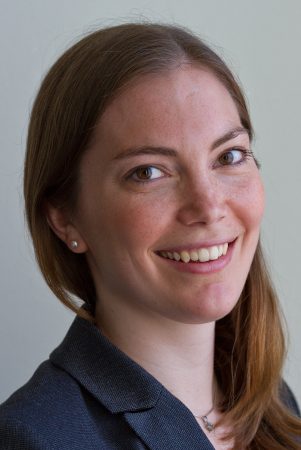
Dr.-Ing. Janna Hofmann, Chief Engineer Batteries and Fuel Cells Machines, Equipment and Process Automation at KIT – The Research University, Germany
1). My research is about machines and process automation for battery manufacturing equipment. In my group we are trying to understand what happens inside the machine during the process and how we can improve the machines to build better batteries. Therefor we use instruments like industry 4.0, artificial intelligence, process simulation, digital twins and many more to understand and solve our research problems. Within our team we want to rethink battery manufacturing and have our focus on agile and flexible manufacturing processes and systems.
2). After finishing my PhD I had the chance to stay in university and I love the freedom I have here to develop. I love working in an interdisciplinary team together with materials scientists, chemical engineers, chemists, electrical engineers and us mechanical engineers in our KIT Battery Technology Center.
3). We definitely need more female role models. But I think it also needs teachers to tell young pupils to go into science and more professors to encourage young women to make a PhD after finishing their studies. But compared to classical mechanical engineering, we are many women in the field of battery research.
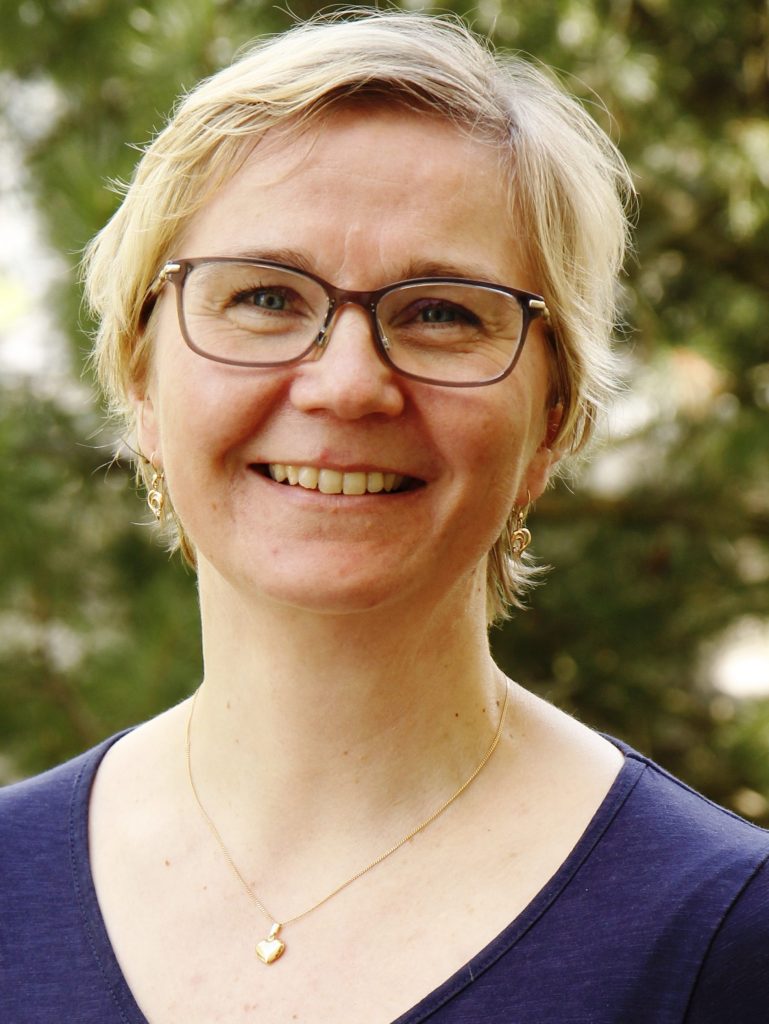
Mari Ylikunnari, Team Leader of Printed Materials VTT, Finland
1). In battery research my focus is on processing of battery materials and their possibilities for upscaling into pilot scale
2). I have always been interested how different things are working and get familiar of those in a deeper level of understanding.
3). Raise the interest by showing what it can offer; networking, opportunity to see and maybe influence where the world is going, be on the crest of research and knowledge
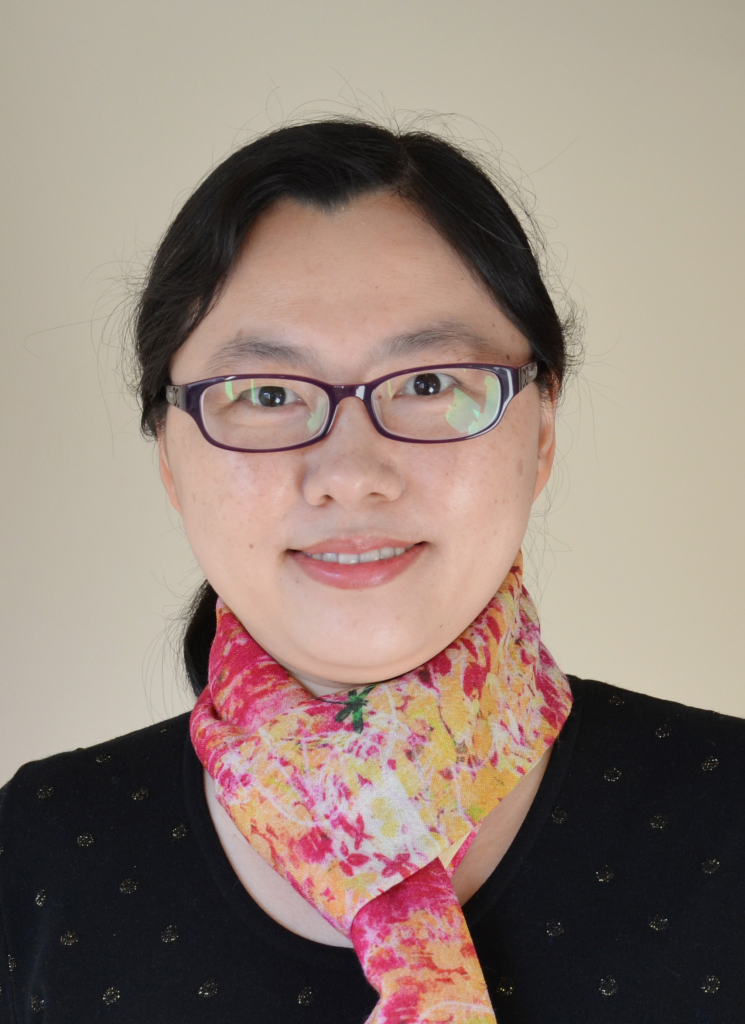
Yan Lu, Professor of Chemistry and PI of HEALING BAT project from Battery 2030+, Helmholtz-Zentrum Berlin für Materialien und Energie (HZB), and Friedrich-Schiller-University Jena, Germany
1). My research is focused on the development of advanced functional materials for electrochemical energy storage, particularly in next-generation battery systems. We explore fundamental aspects of novel post-lithium-ion battery technologies, such as the synthesis of emerging electrode materials and their performance through mechanistic studies. I am particularly interested in design and synthesis functional hybrid materials based on colloidal route and the mechanistic study of battery systems via operando analysis.
2). My interest in science grew from a desire to understand how materials can be engineered to solve practical challenges. The opportunity to work on advancing battery technologies—especially by exploring new materials for post-lithium-ion systems—motivated me to pursue a career in materials science, where I could contribute to the development of efficient, sustainable energy storage technologies.
3). To bring more women into the field of battery research, we should start by cultivating a strong love for science at a young age, and inspiring young scientists by showing them the excitement and potential of the field. In addition, it is also essential to offer structured support at all stages of their careers, including mentorship programs, leadership roles, and access to funding for women to lead their own research projects.

Serena Cussen, Professor in Materials Chemistry, University College Dublin, Ireland
1). My research focuses on the design and development of new materials for electrochemical energy storage. I am especially interested in deepening our understanding how the choice of synthetic route can inform resulting material characteristics. To do this, I use a range of different techniques such as X-ray and neutron diffraction and muon spin relaxation spectroscopy which provides us with detailed structural and dynamic information that can help guide our synthesis.
2). I always enjoyed science subjects at school and fell in love with chemistry at university. I especially loved the practical laboratory classes that brought to life what we were learning in lectures. I am fortunate that I now get to work with some wonderfully talented undergraduate and postgraduate students at UCD who are passionate about chemistry and the central role our discipline plays in solving some of the greatest challenges we face as a society.
3). I think it is as important as ever to give greater visibility to role models who can encourage and listen to under-represented groups in chemistry and in doing so build collective positive self-confidence. Also, I was fortunate to have excellent advice from a senior female colleague early in my career which I have since shared with others: you can have a successful career in academia and a family. I have always been deeply appreciative of this guidance!
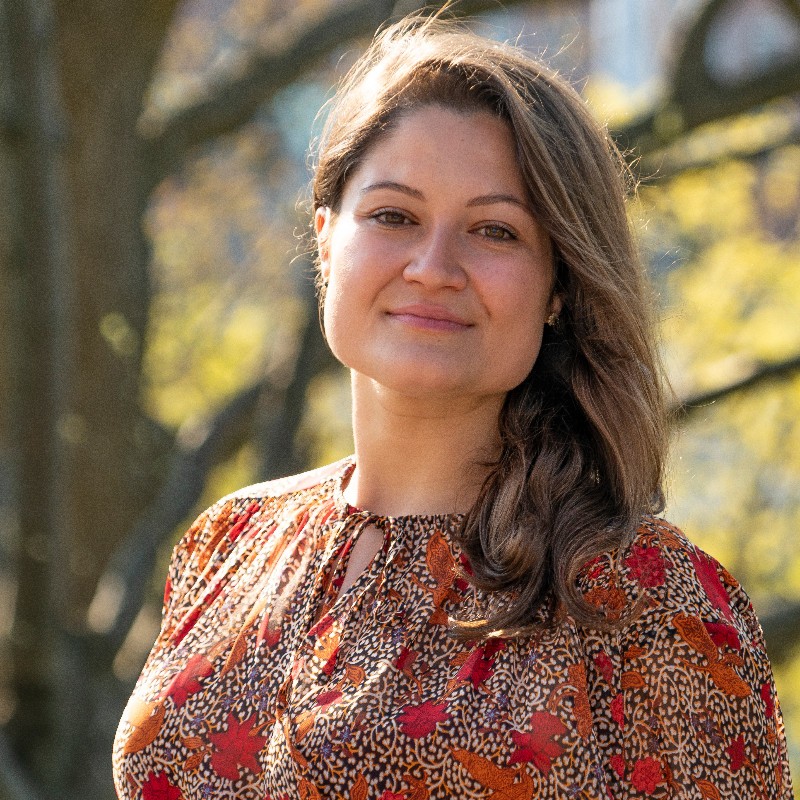
Carmen Cavallo,Senior Research Scientist in R&D at FAAM, Norway
1). I manage the R&D section focused on advanced characterizations, particularly operando techniques, and the development of anode materials for next-generation batteries. My work involves optimizing electrode formulations and improving the end-of-line conditioning of battery cells to enhance performance, longevity, and sustainability. Through these efforts, I aim to develop safer, more efficient, and cost-effective energy storage solutions that support the global transition to renewable energy and electrification.
2). My passion for science started at a young age when I loved following my dad around—first in the workshop, where I was fascinated by how things were built and repaired, and then in the kitchen, where I saw chemistry come to life through cooking and baking. Those experiences nurtured my curiosity about how materials interact and change, leading me to pursue both engineering and chemistry.
I initially started in solar energy, captivated by the potential of renewables, but during my PhD, I transitioned to energy storage, realizing how crucial it is for making renewable energy truly viable. The ability to innovate and solve pressing global challenges, such as energy sustainability and climate change, motivated me to focus on battery research. Science offers endless opportunities for discovery, and the idea that my work could contribute to cleaner energy solutions keeps me inspired every day.
3). Encouraging more women to enter battery research requires a multi-faceted approach. Early exposure to STEM fields through education, mentorship programs, and strong role models is essential. Universities and research institutions must foster inclusive environments by addressing biases and ensuring equal opportunities in hiring and career progression. Additionally, industry collaborations and funding initiatives should actively support women-led projects to increase visibility and participation. Promoting work-life balance is also crucial, as flexible policies and supportive work environments can help retain talented women in the field and make research careers more accessible. By fostering an inclusive and supportive culture, we can attract more women into battery research and ensure they thrive in their careers
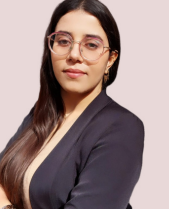
Yosra Snoussi, Doctor Junior in the Renovate project, Spain
1). My research focuses on developing sustainable and circular solutions for battery recycling. I work on recovering and purifying valuable components from battery waste using advanced separation techniques. Additionally, I perform detailed analyses to ensure that the recovered materials meet high-quality standards for reuse in new batteries. This research contributes to reducing waste and supporting more sustainable energy storage systems.
2). From a young age, I have always been curious about how the world works, especially in the field of chemistry and how materials act at the smallest levels. This curiosity led me to study science, where I could learn how different materials change and interact. With my background in organic chemistry and materials science, I have always enjoyed the challenge of solving complex problems and finding new solutions. Research gives me the chance to explore new ideas, and each discovery opens up even more questions to answer. After completing my Ph.D., I chose to work in the field of battery research, which was new to me. Although I have only been in this area for a short time, I have already gained valuable experience and look forward to continuing to grow and learn more.
3). To get more women into battery research, we need to create supportive environments, offer equal opportunities, and provide strong role models. It is important to show that science is open to anyone who is willing to learn, no matter their background. My own experience shows that, even with a background in organic chemistry and materials science, it is possible to enter the battery field and make a real impact. Science has no limits, and by encouraging curiosity and offering support, we can inspire more women to join this exciting area.
